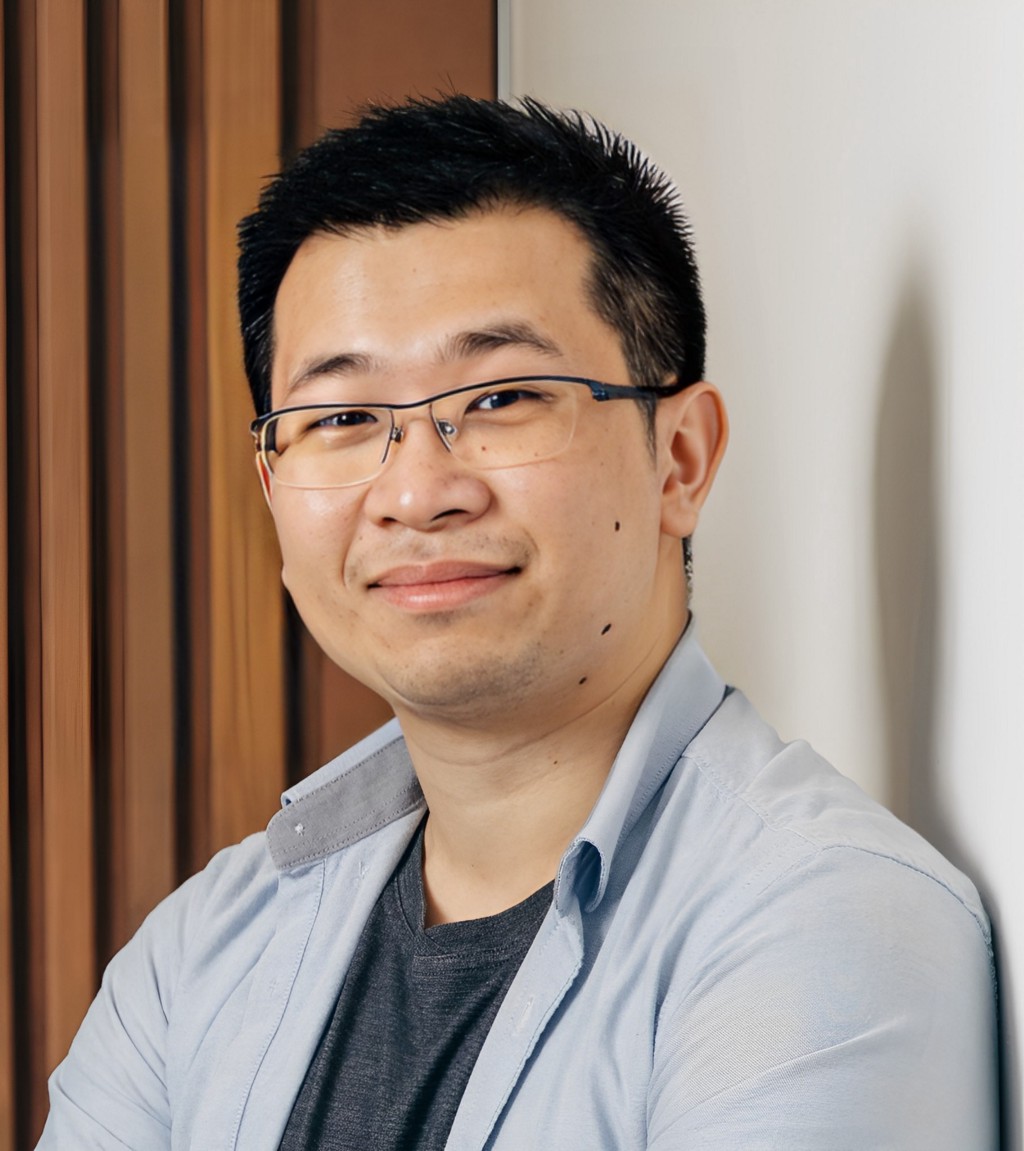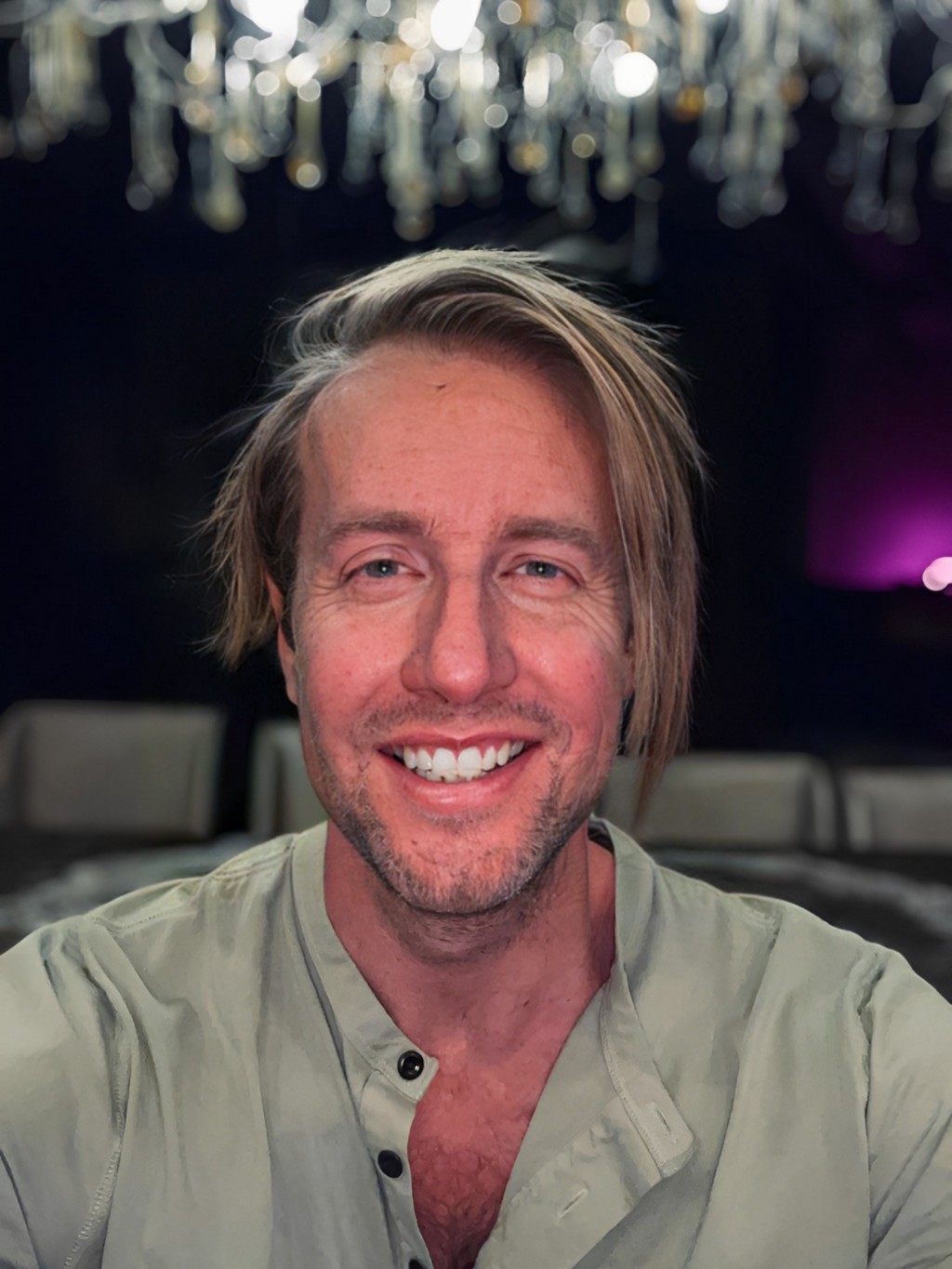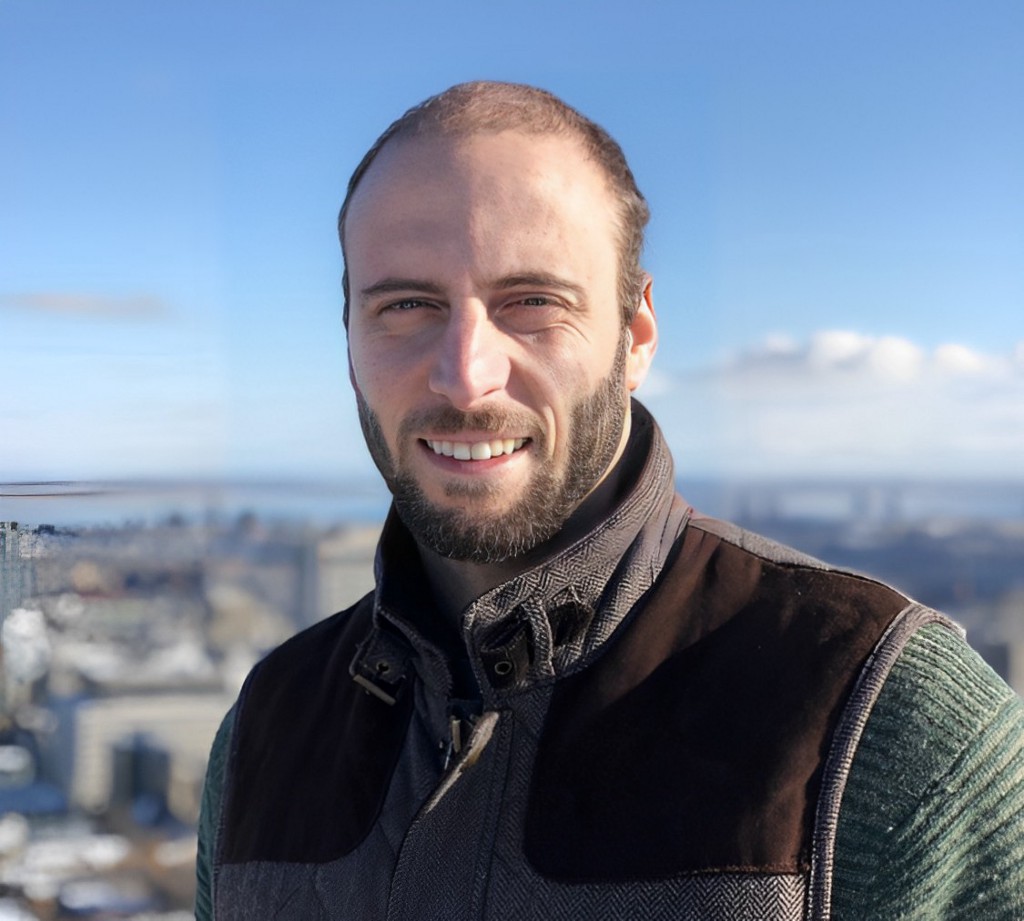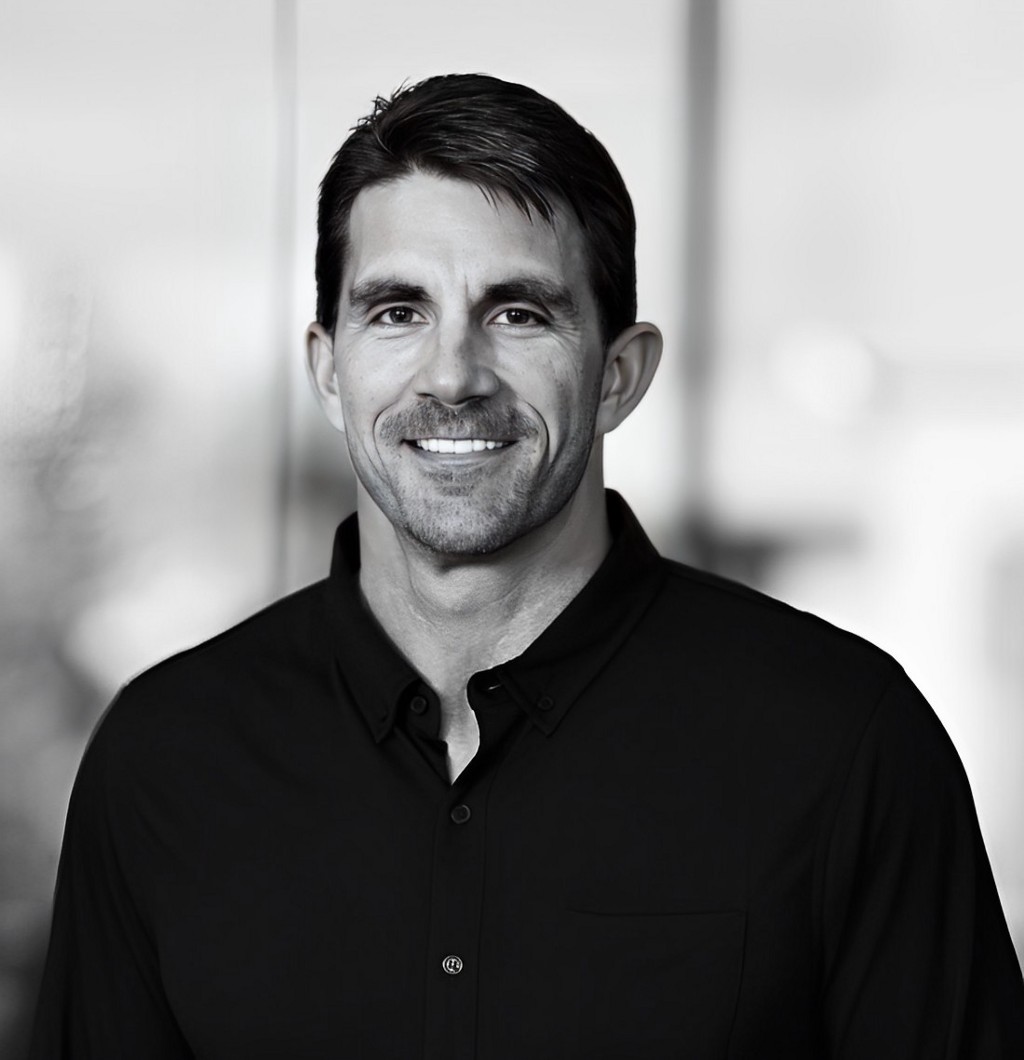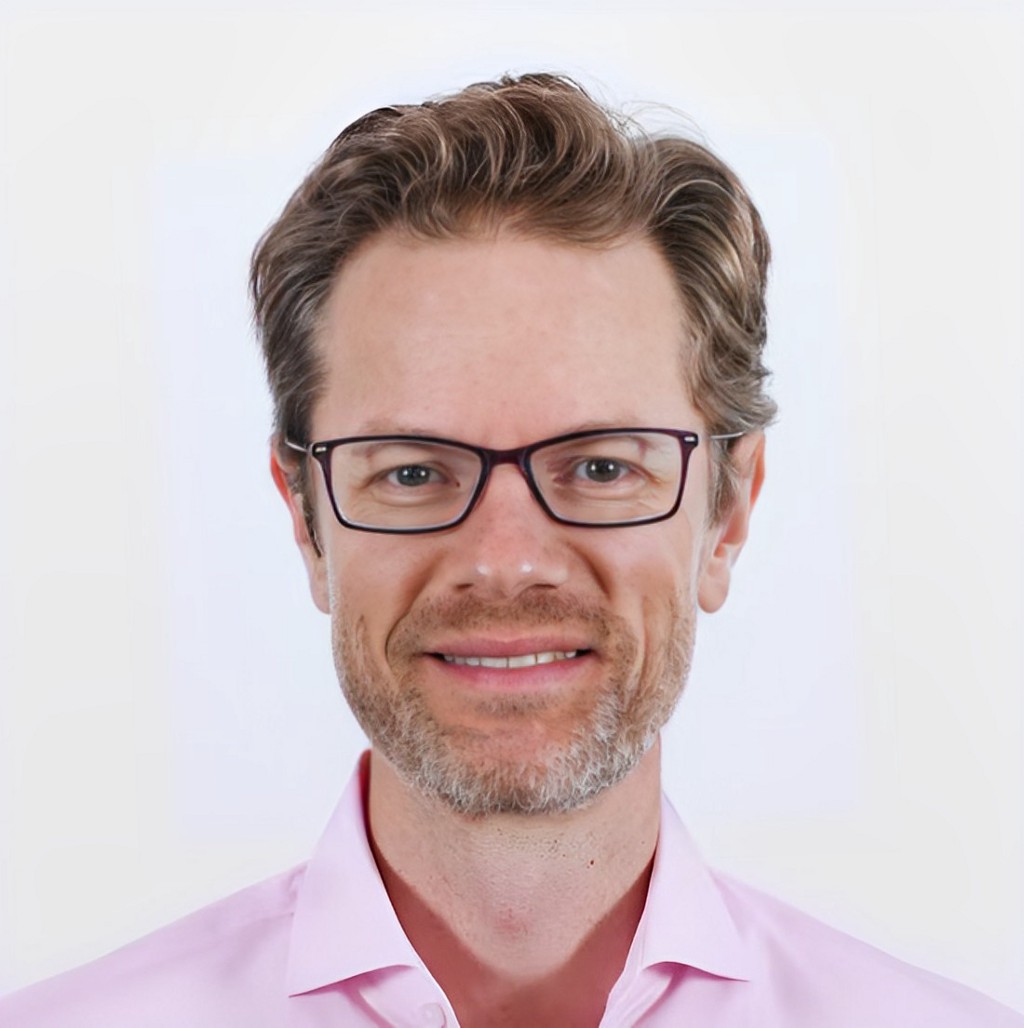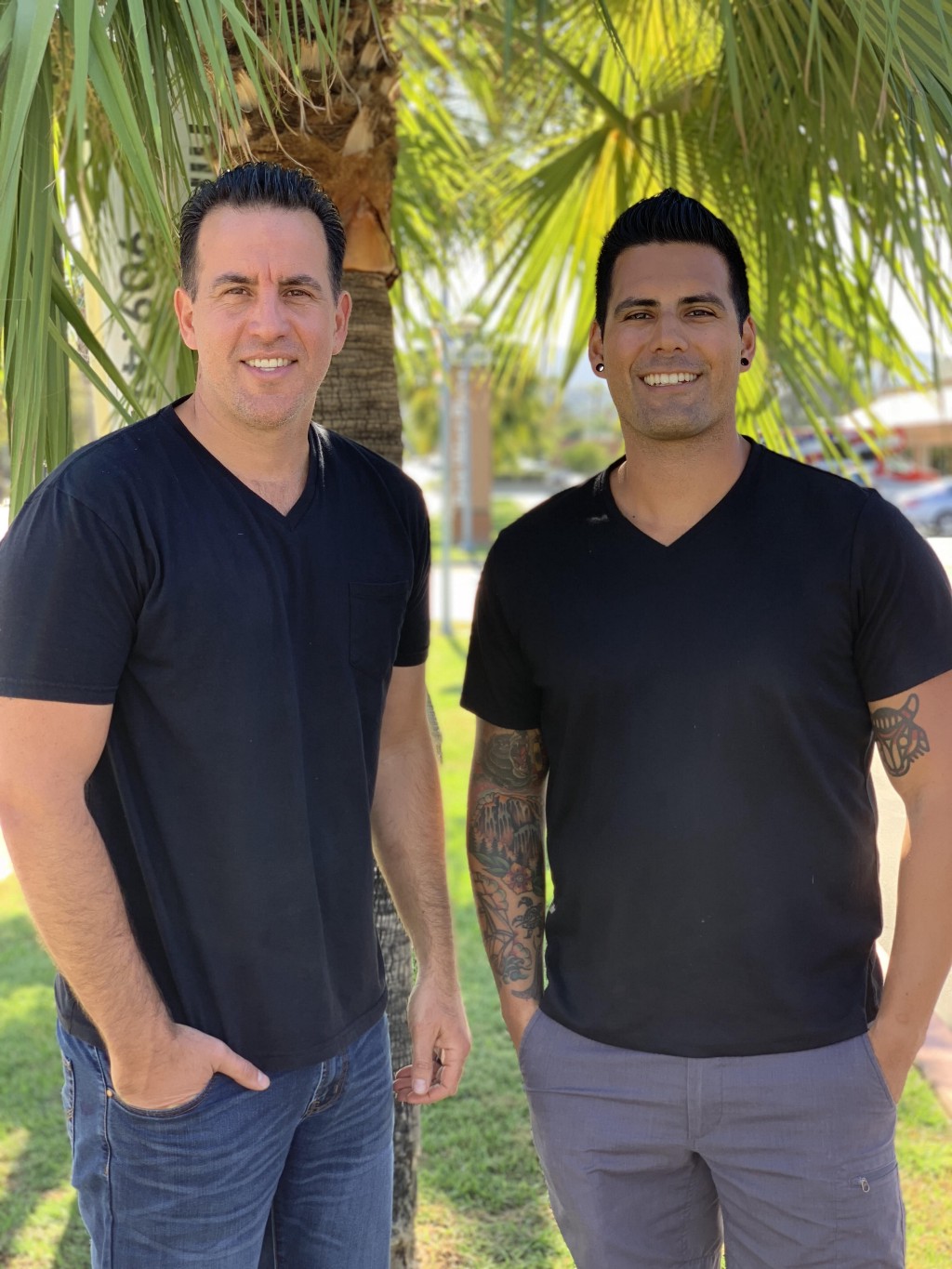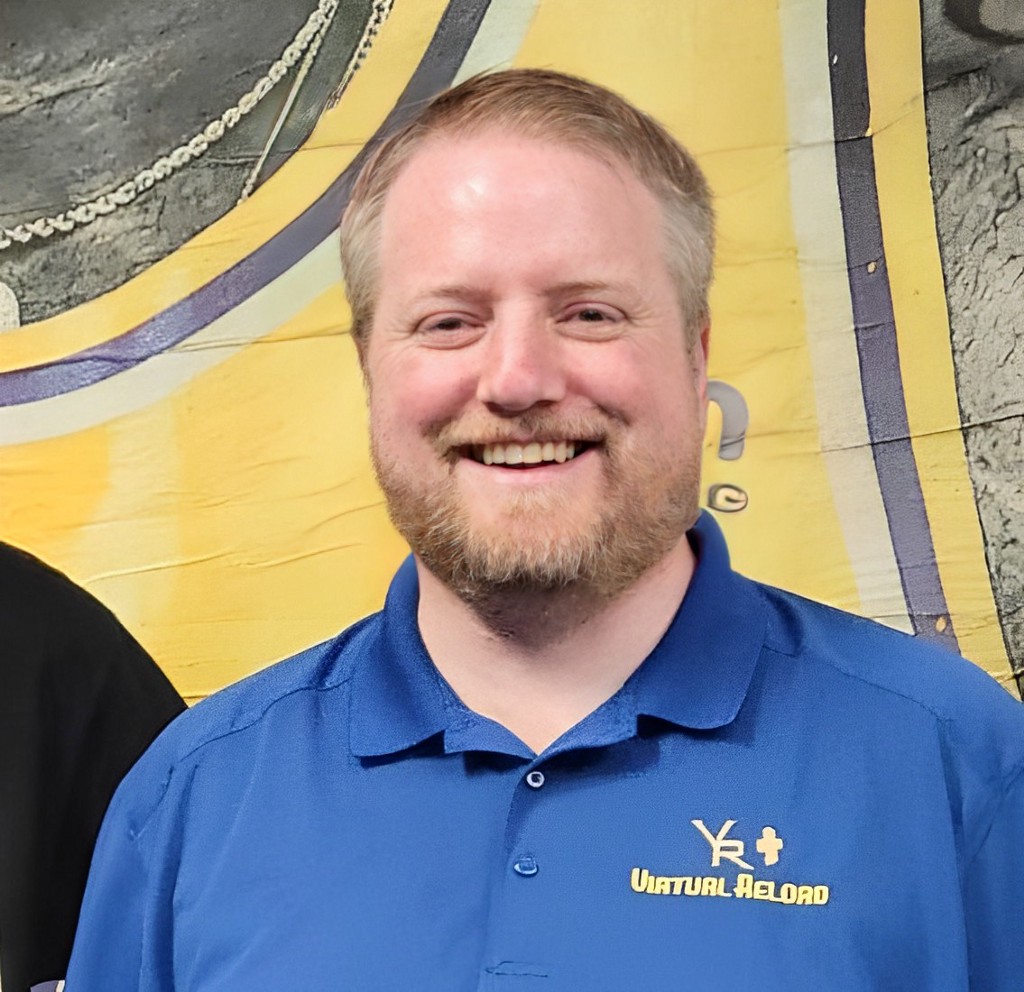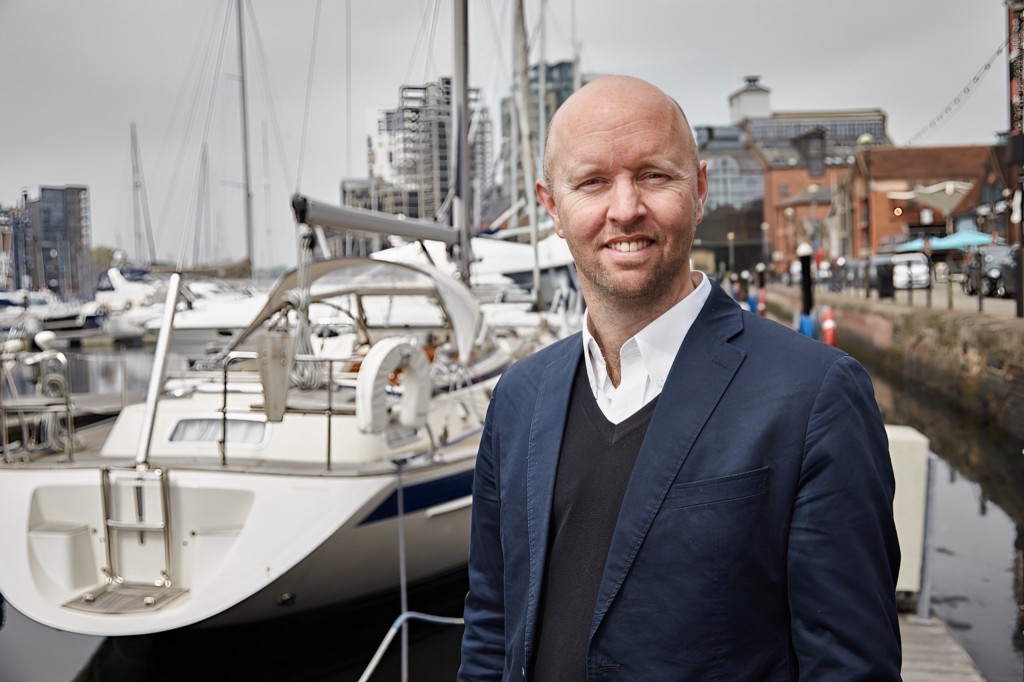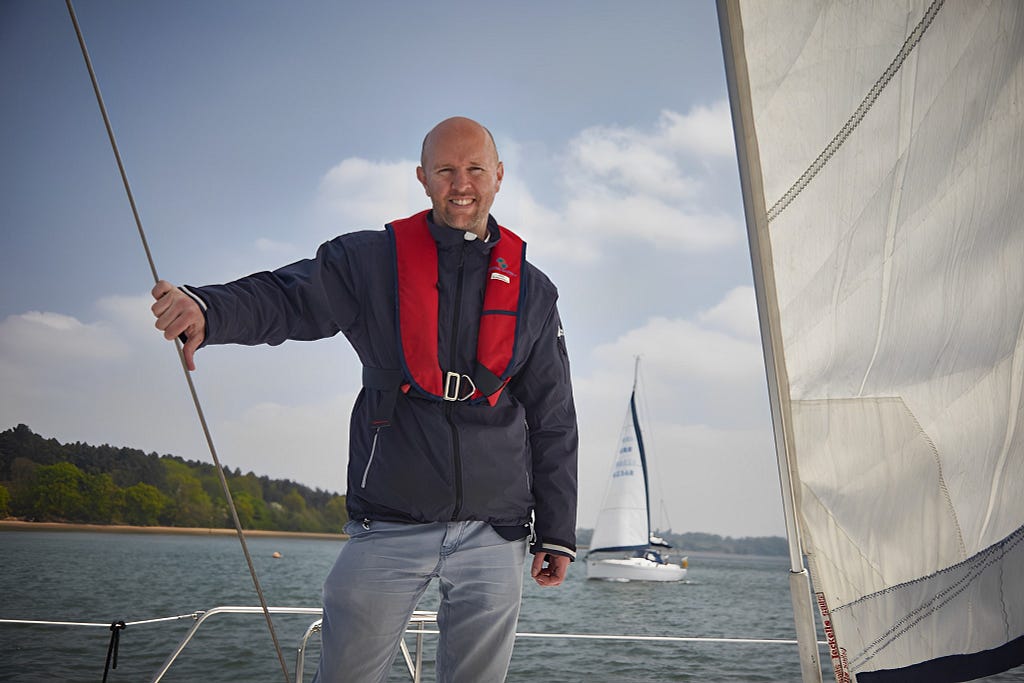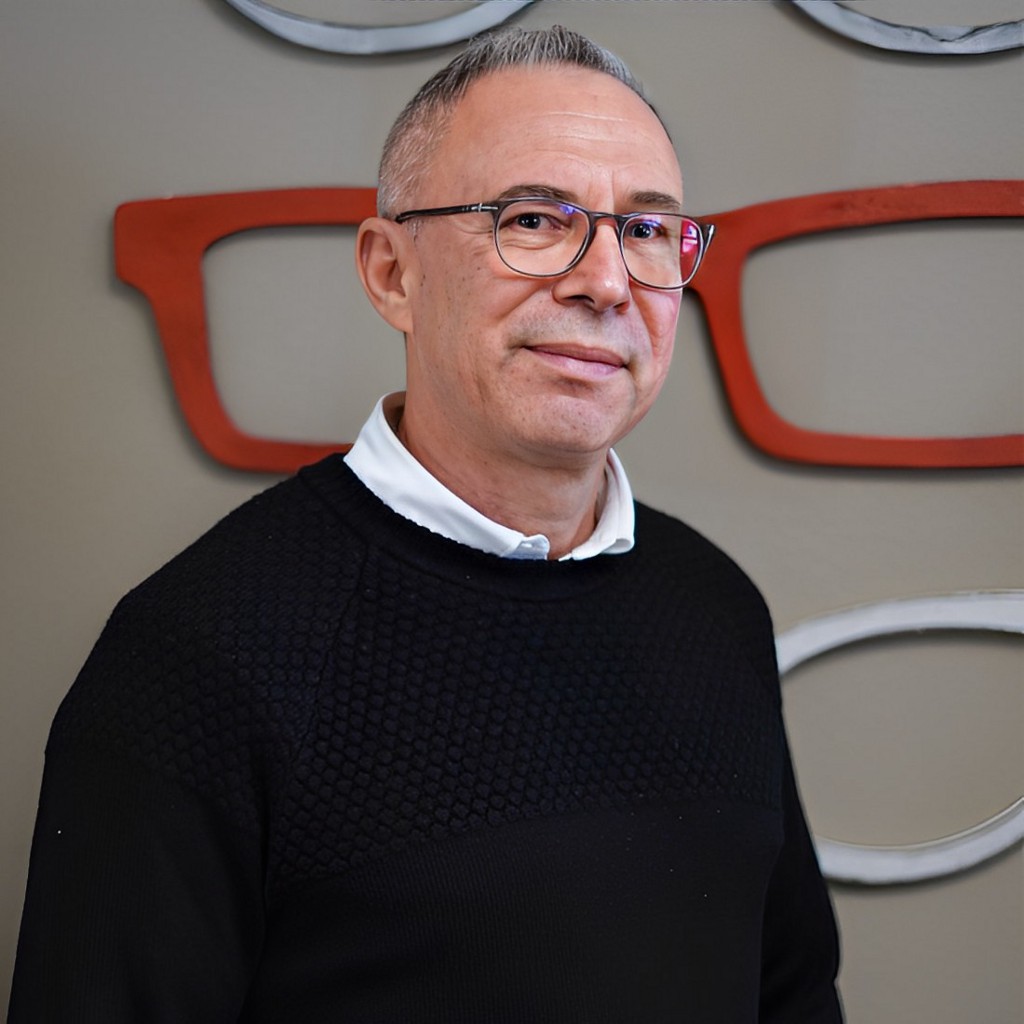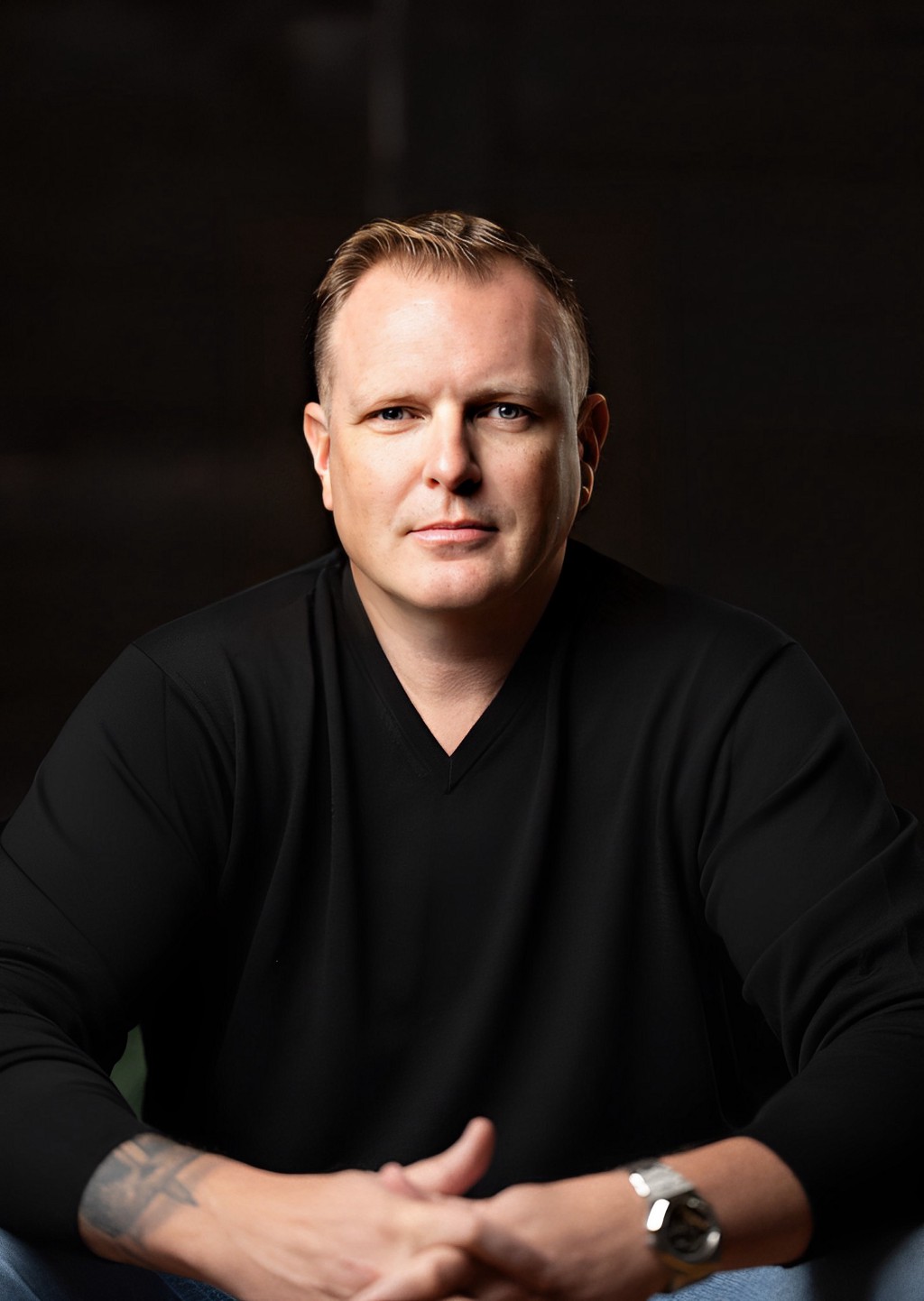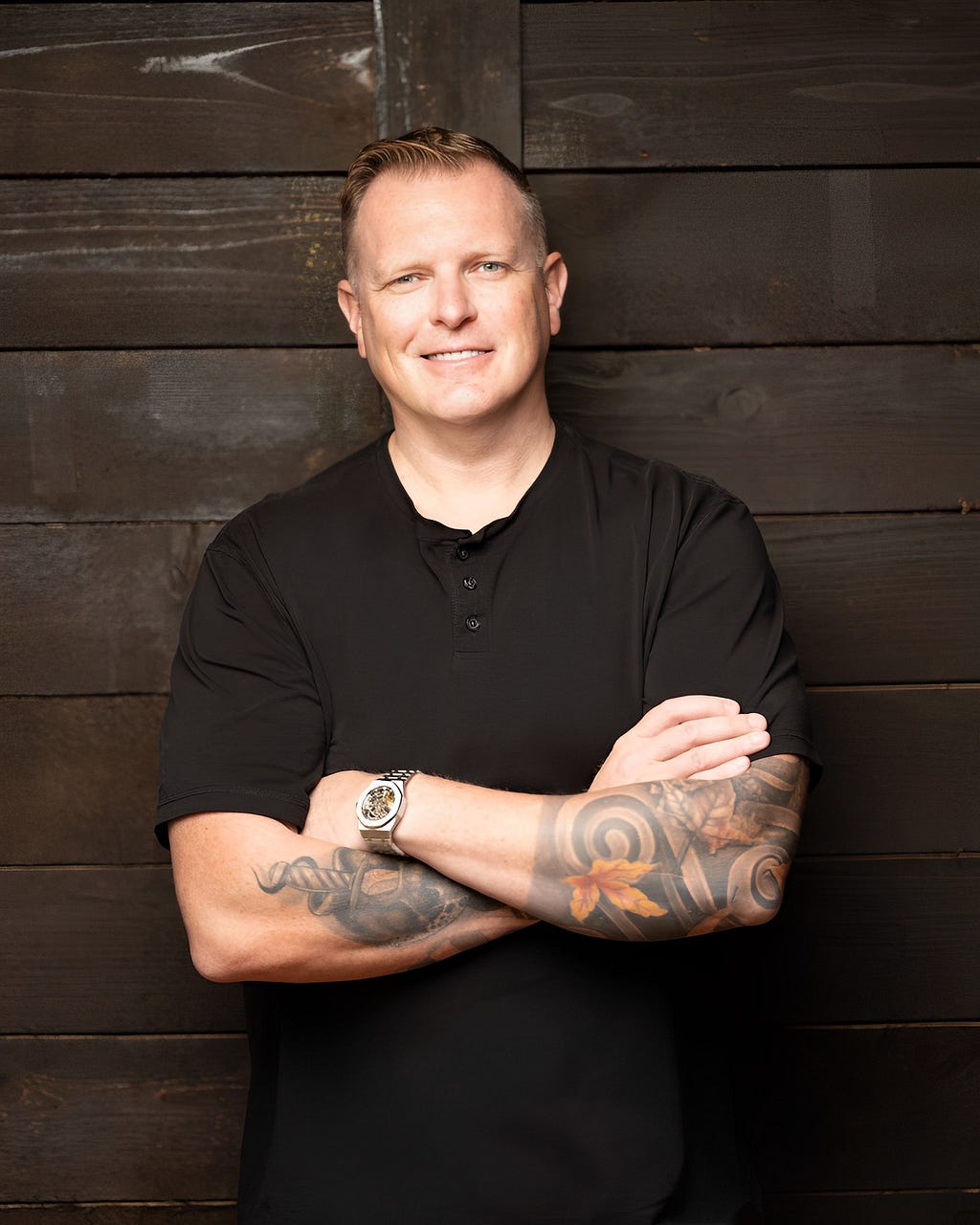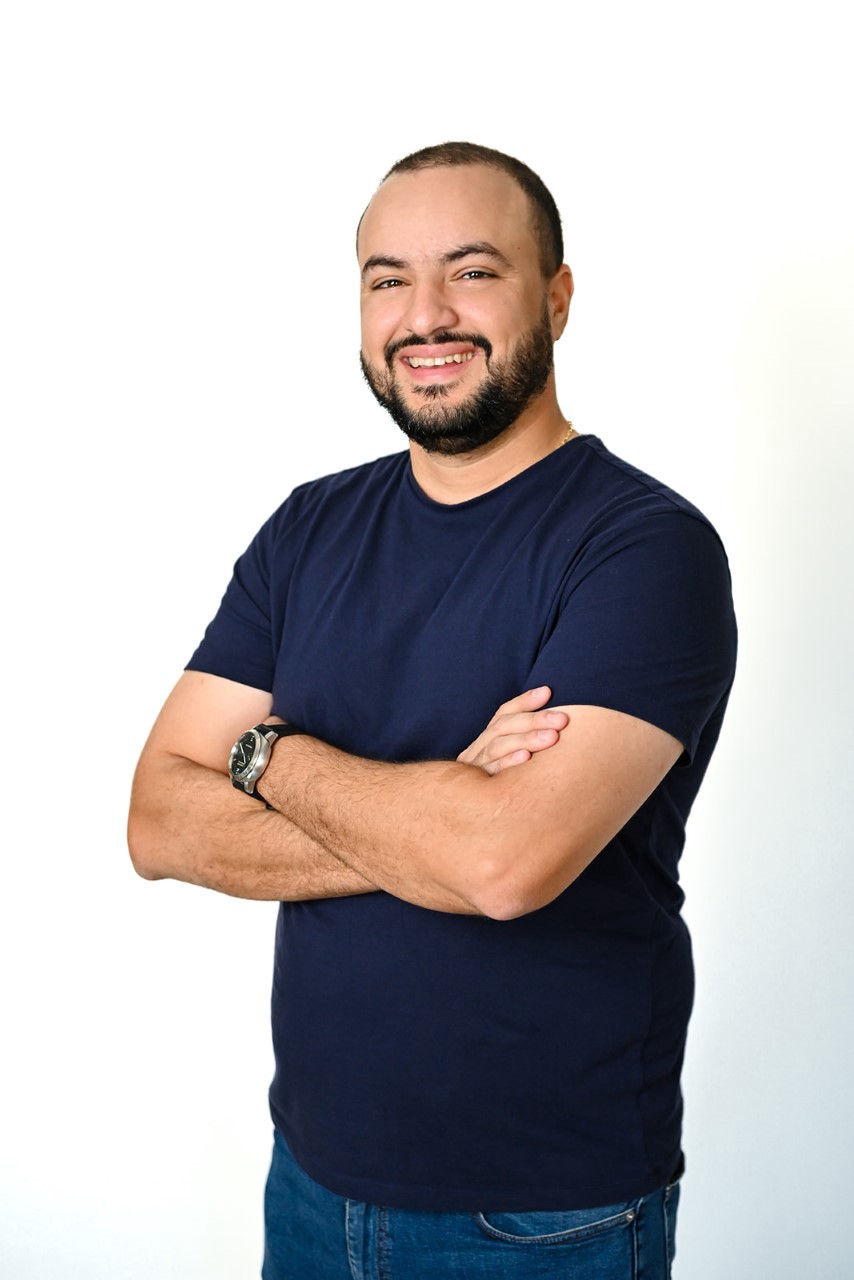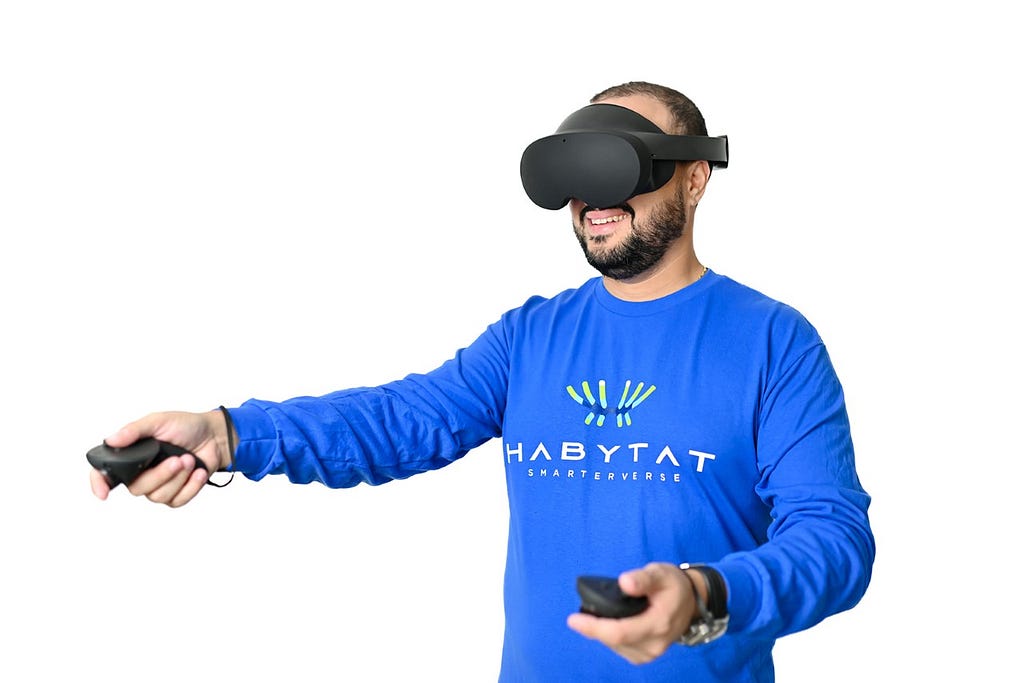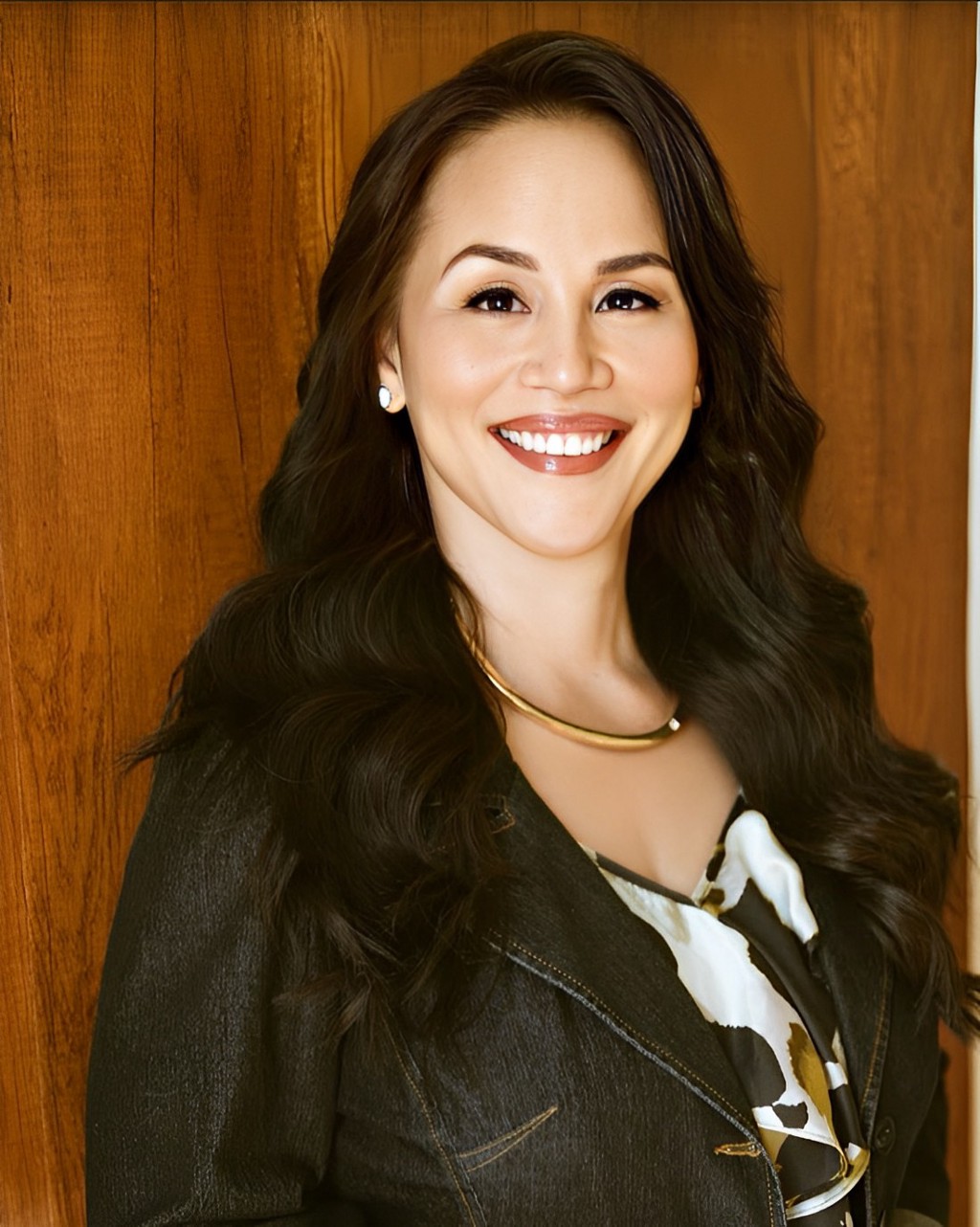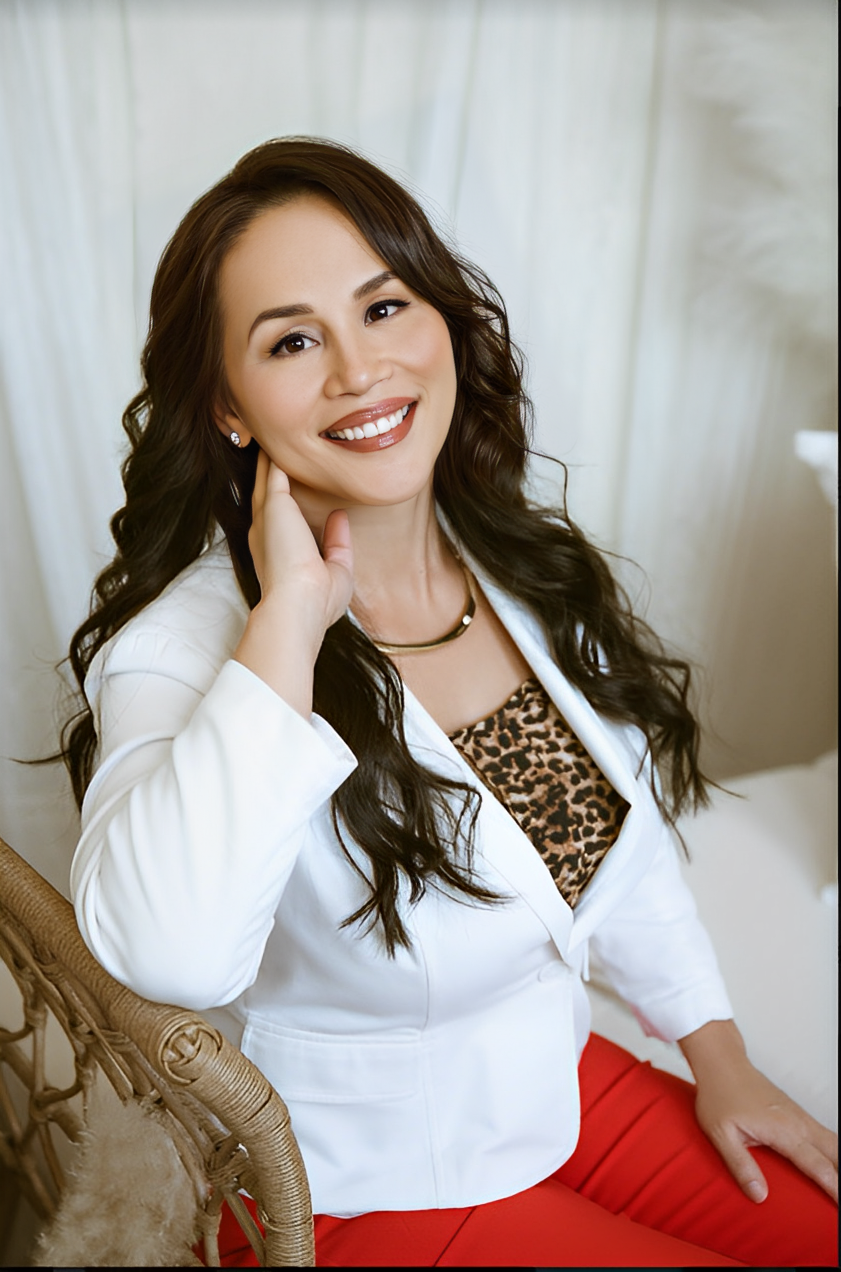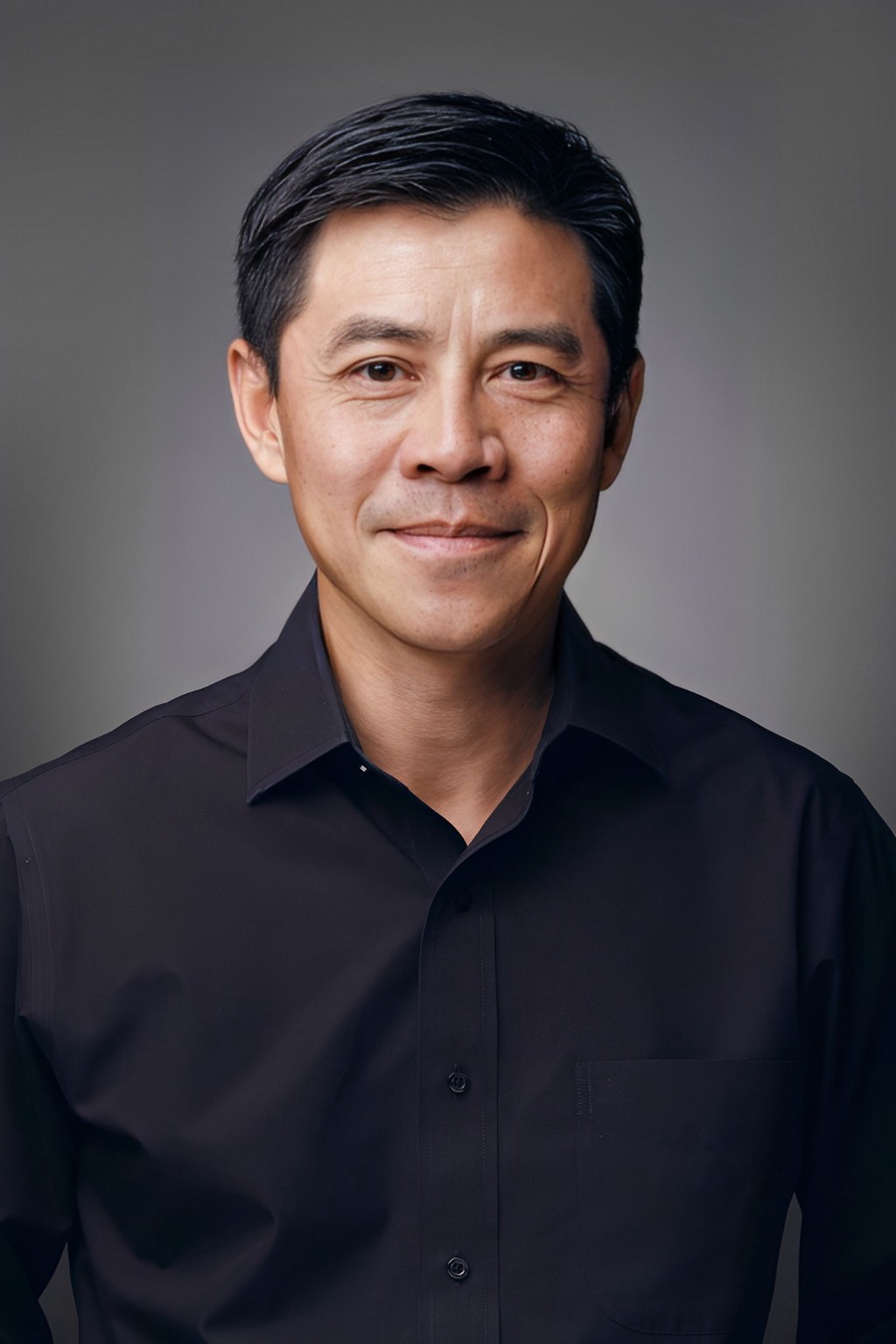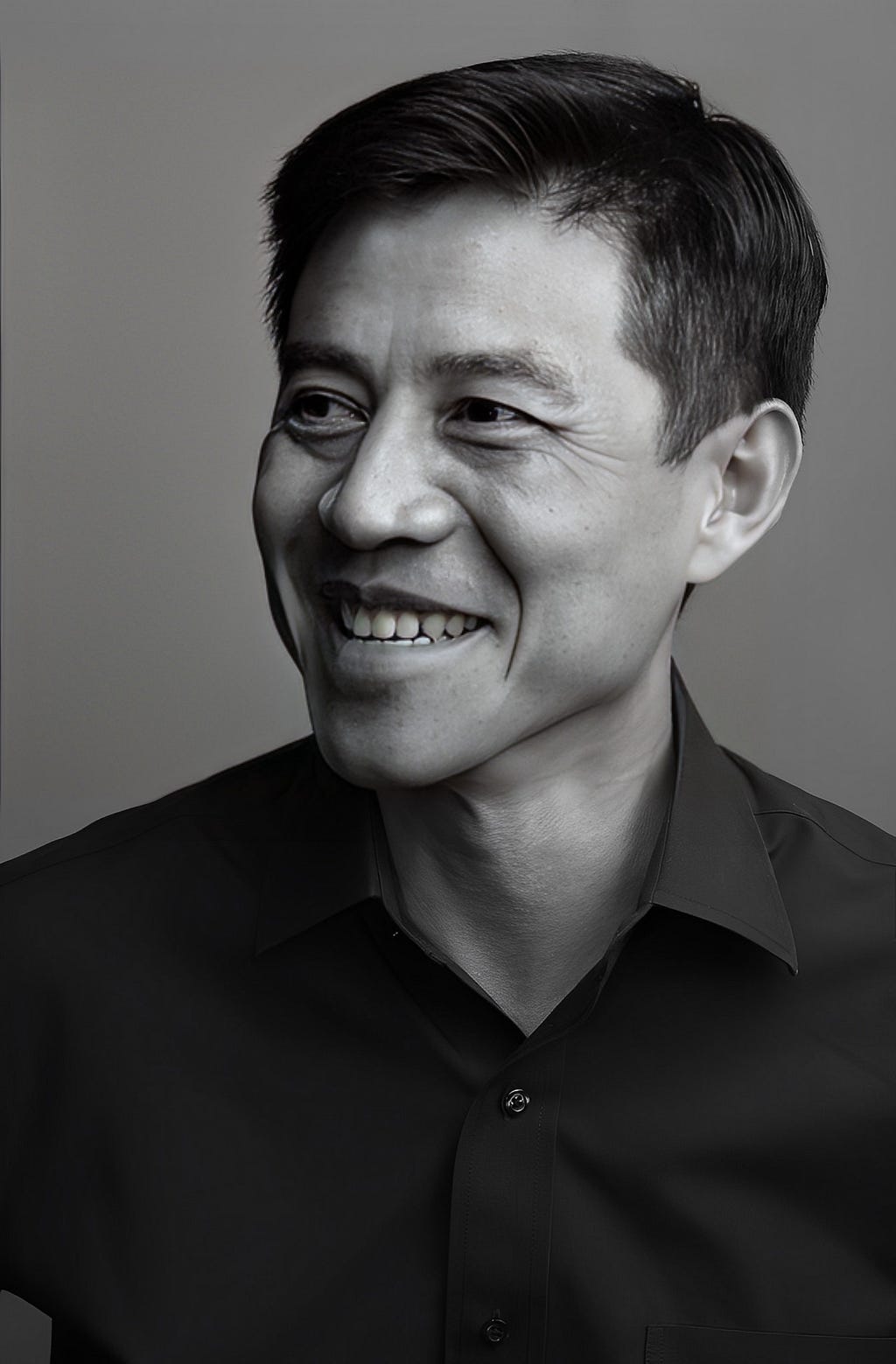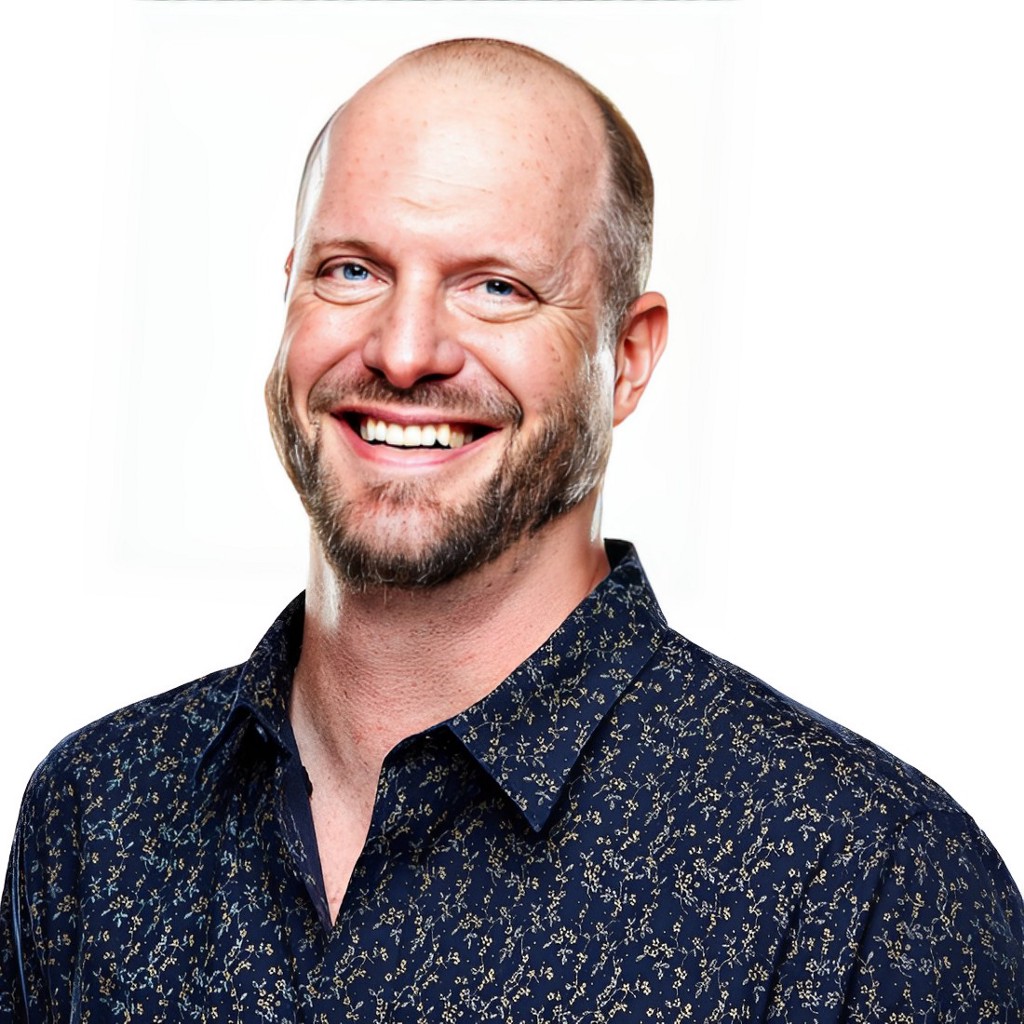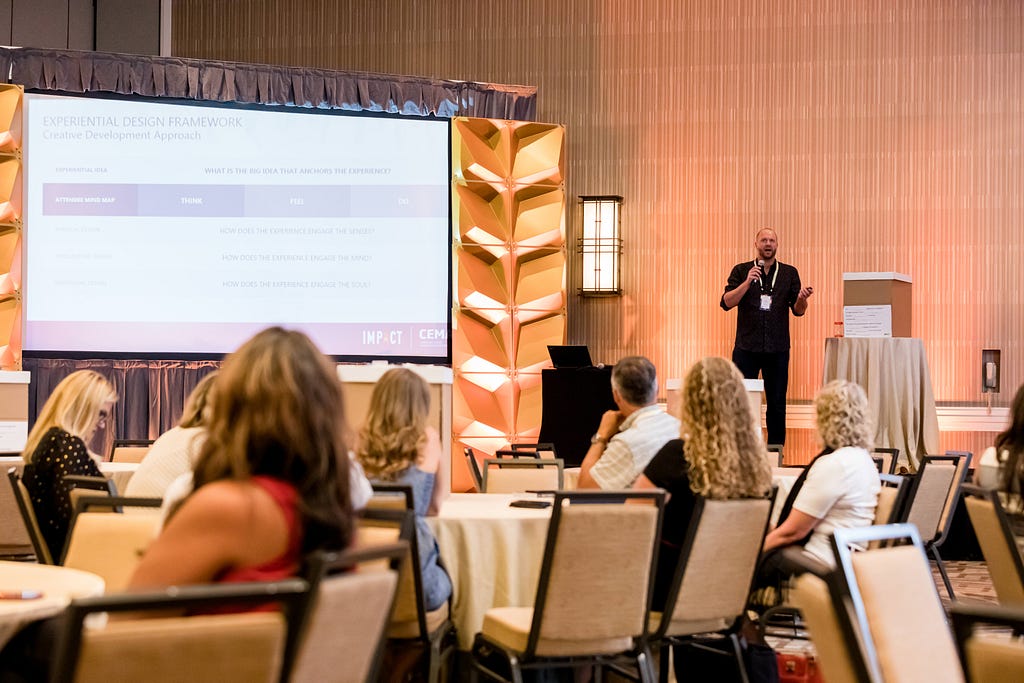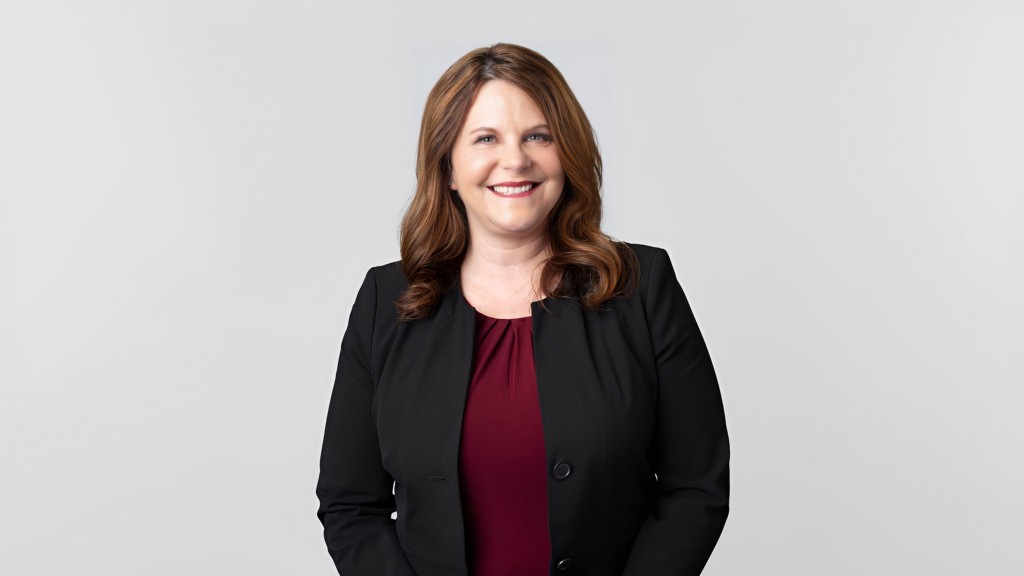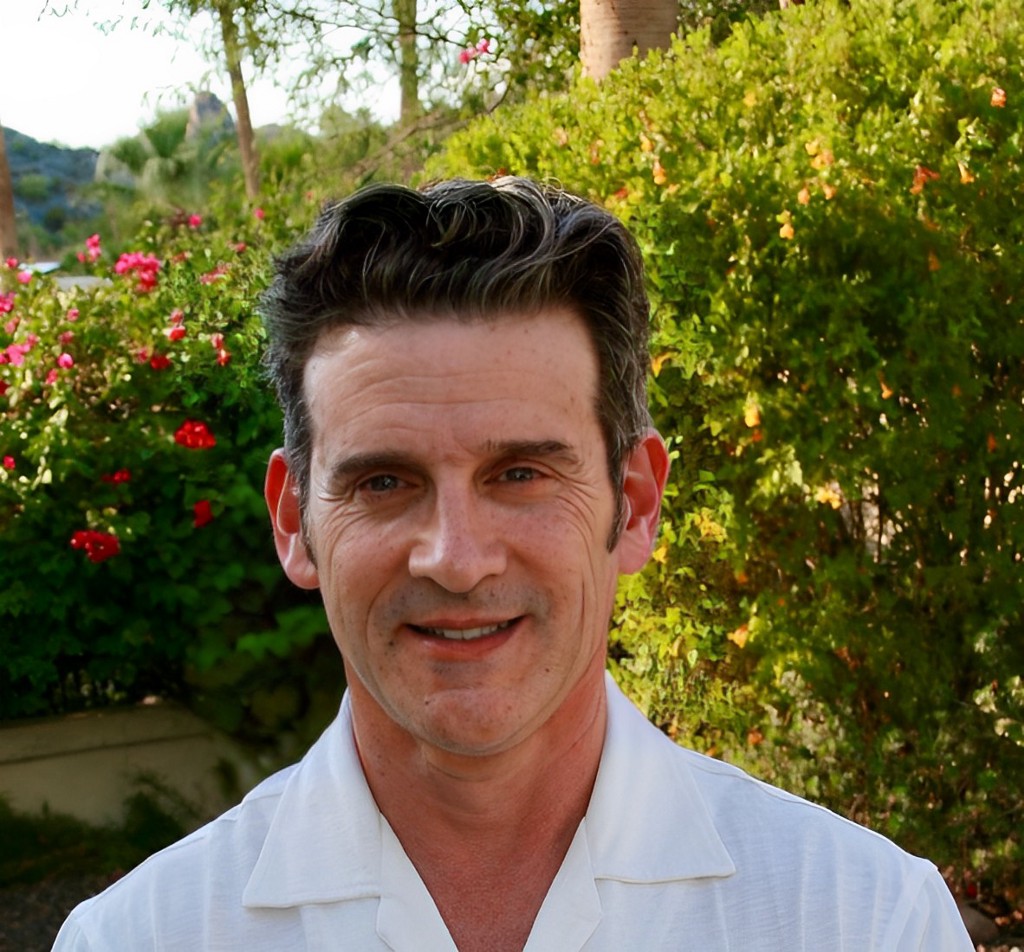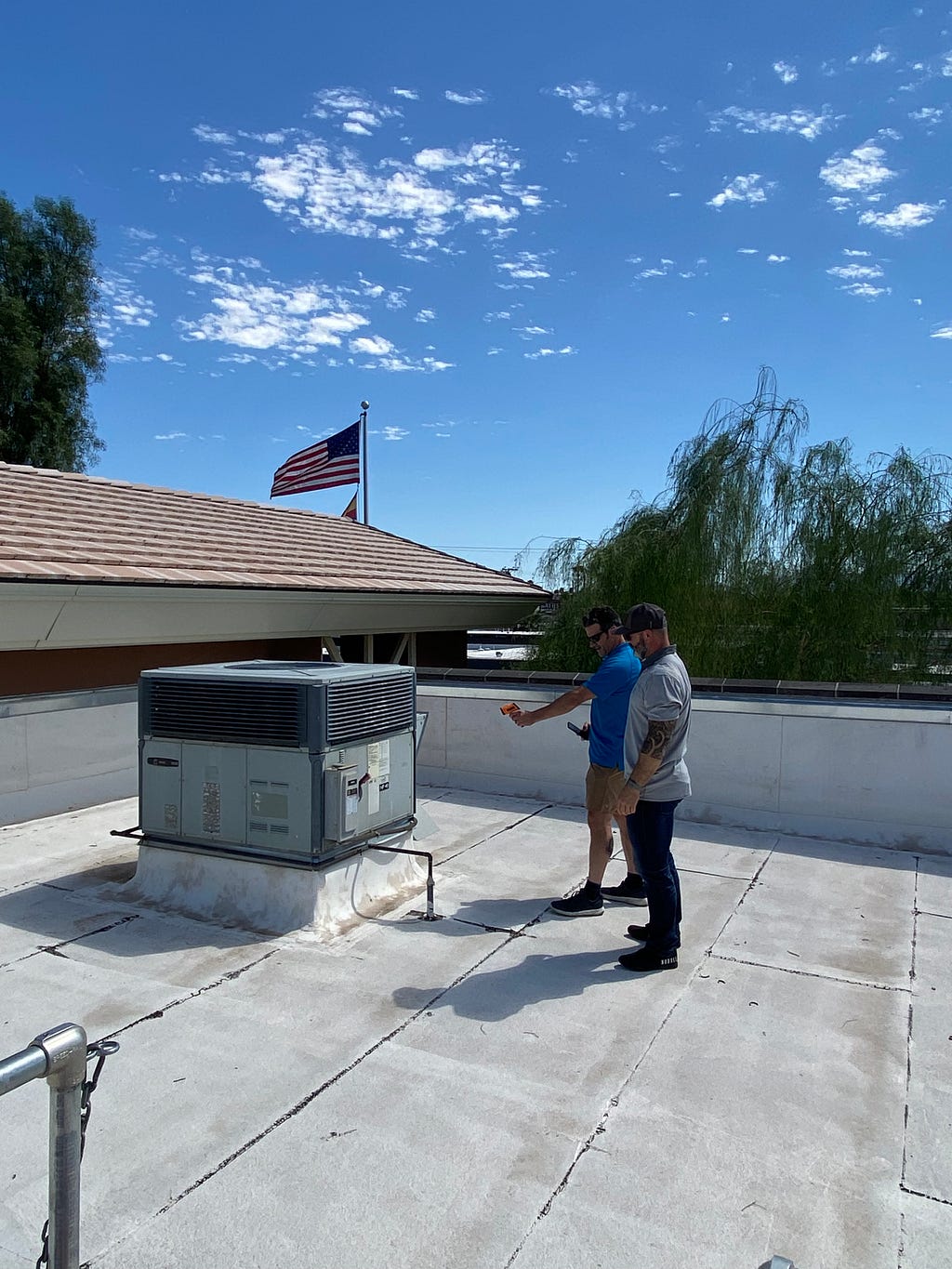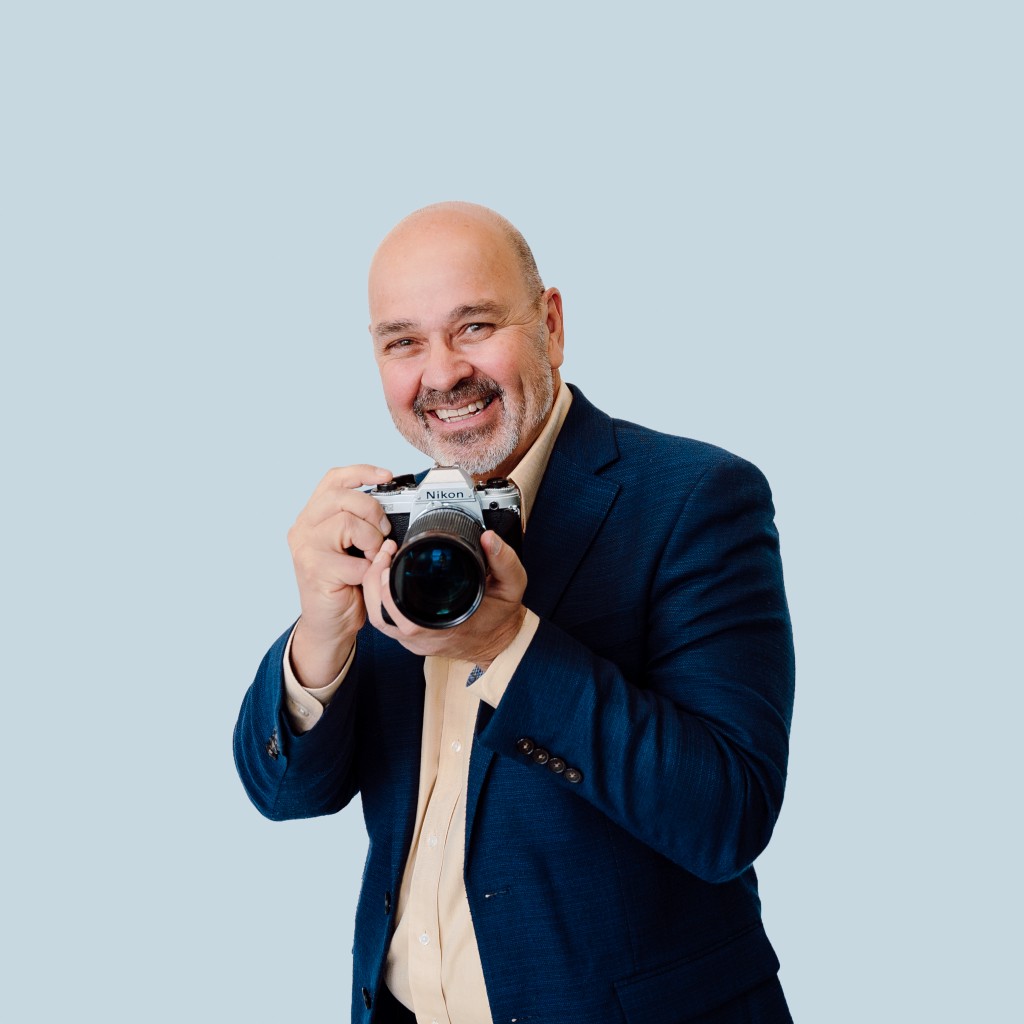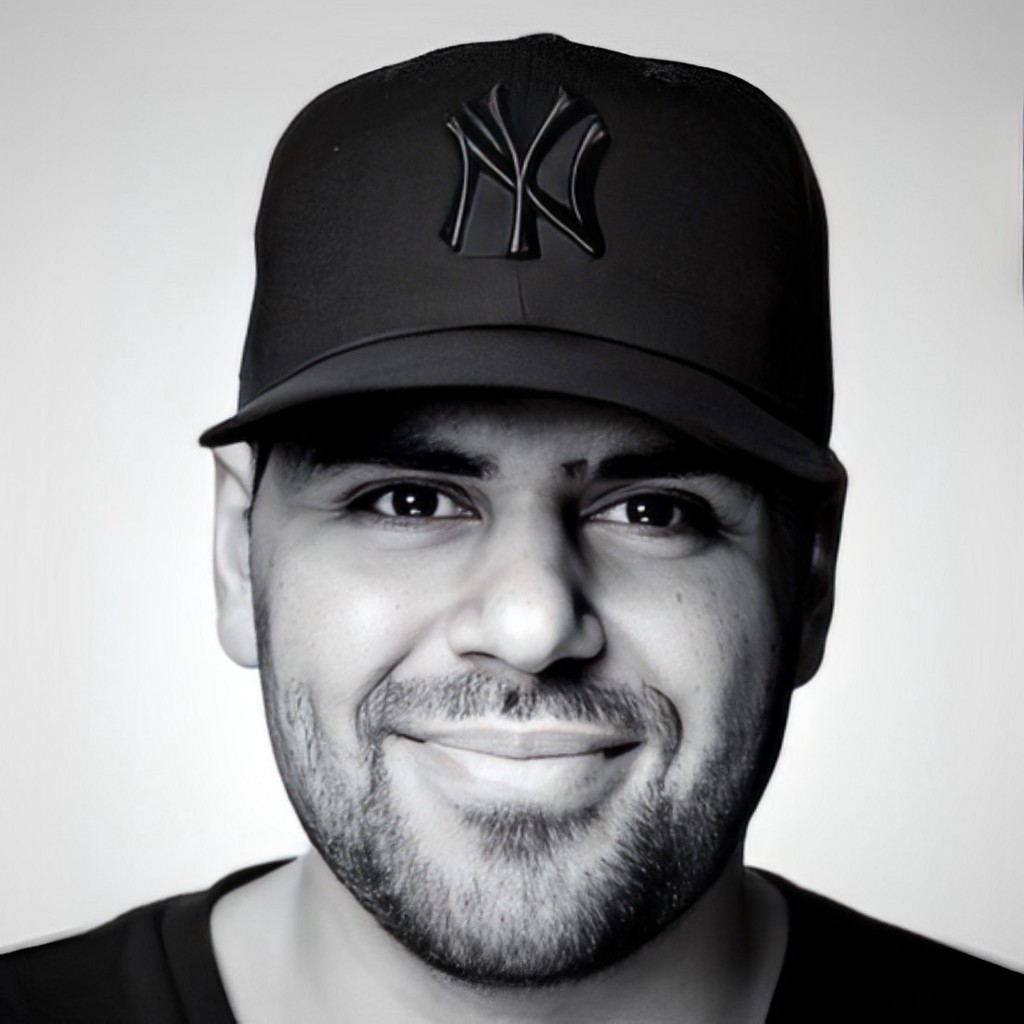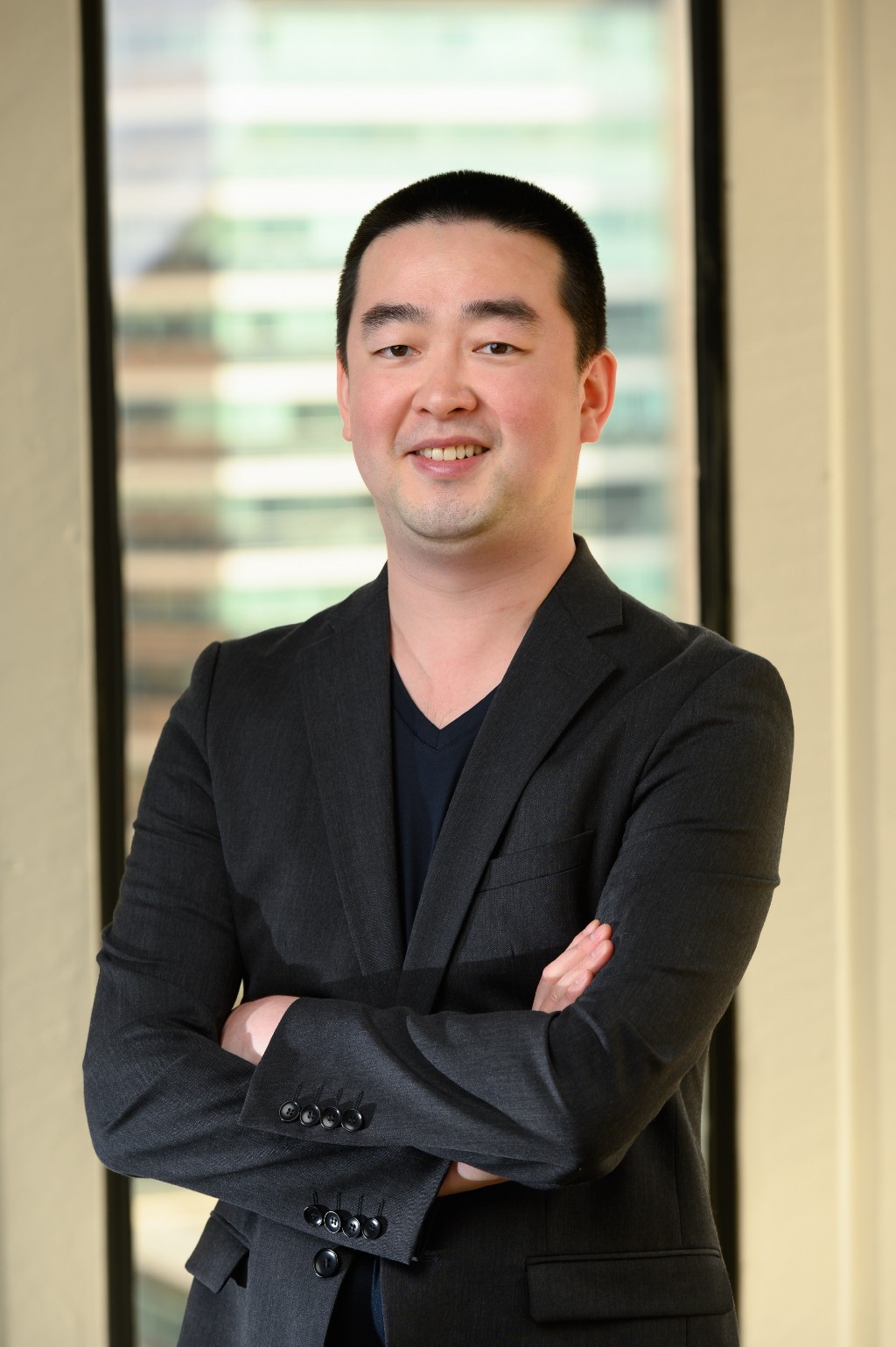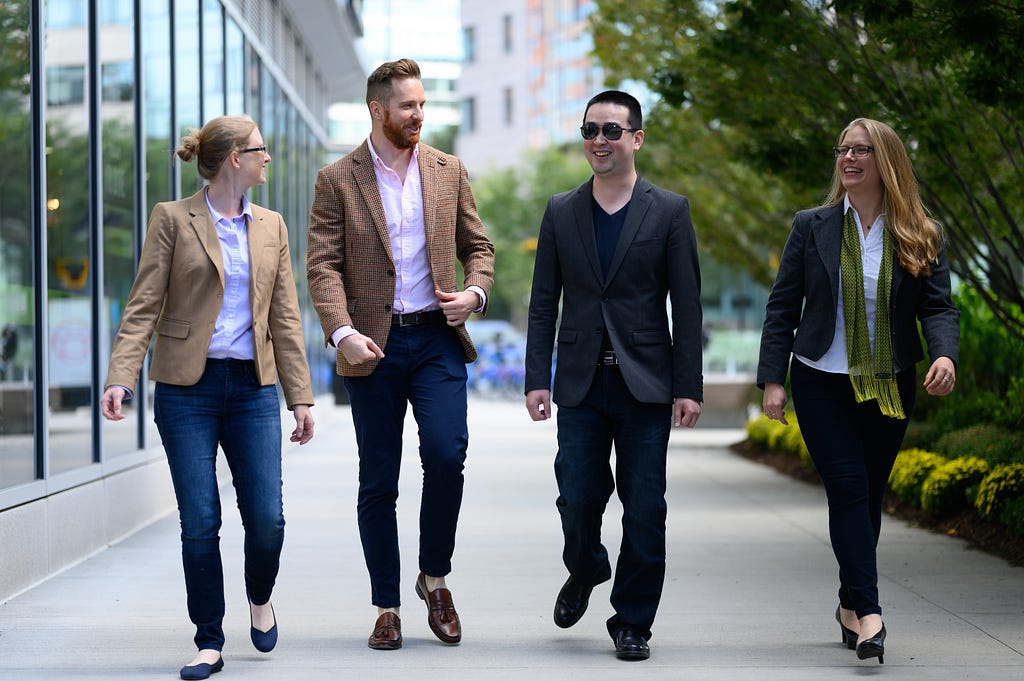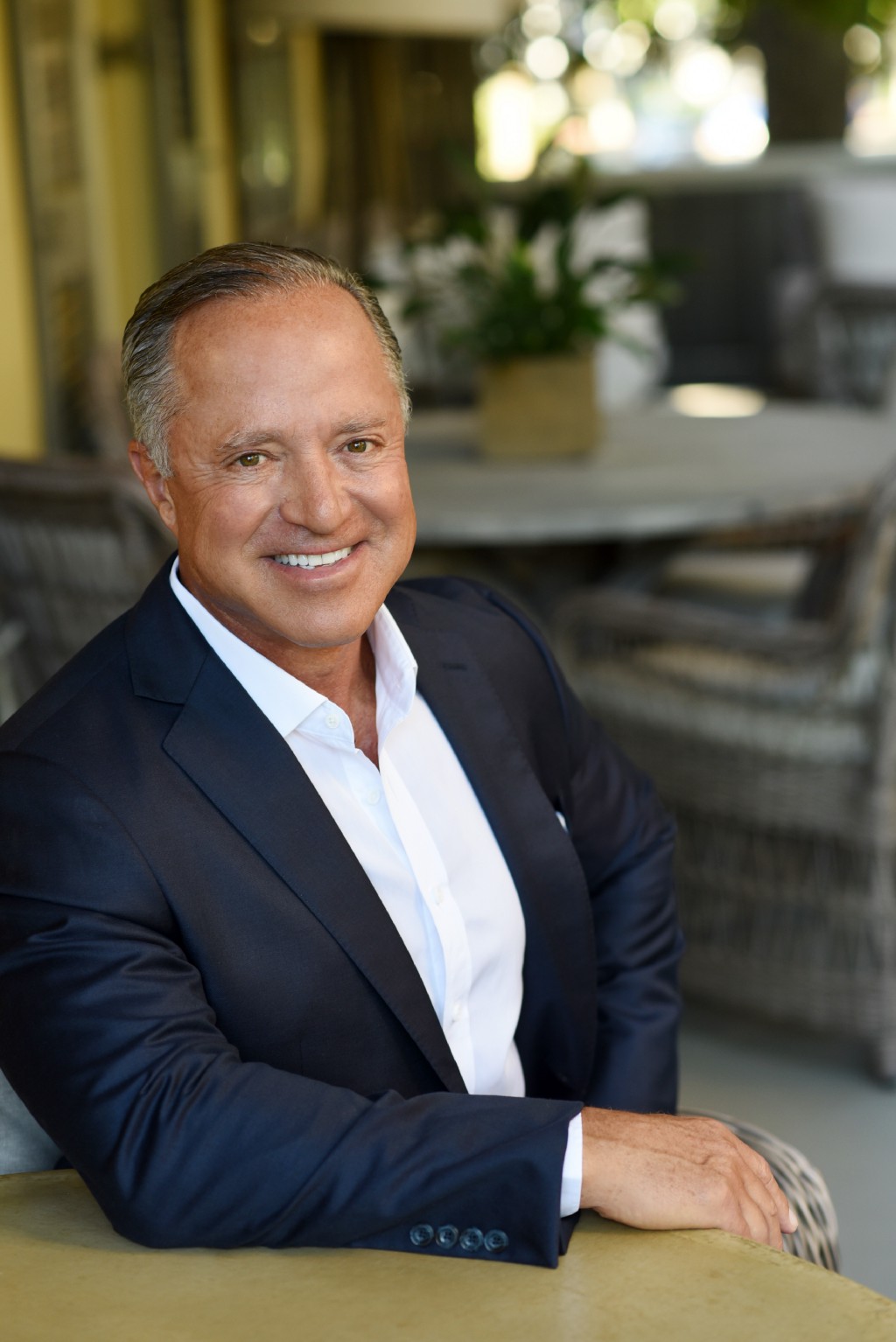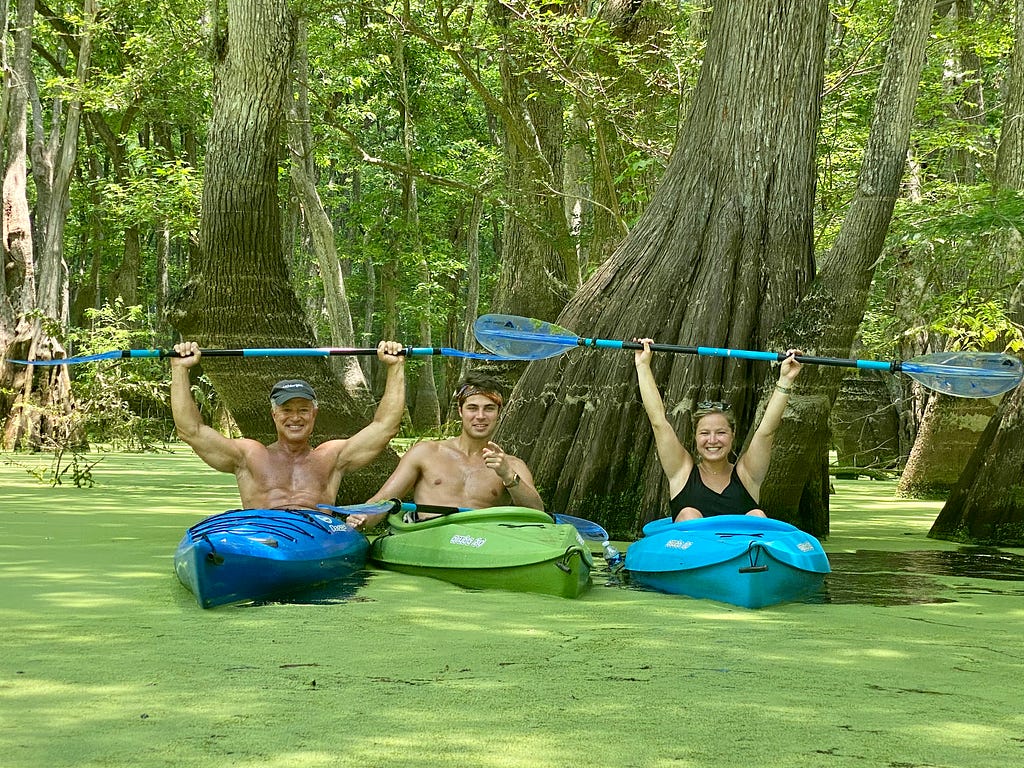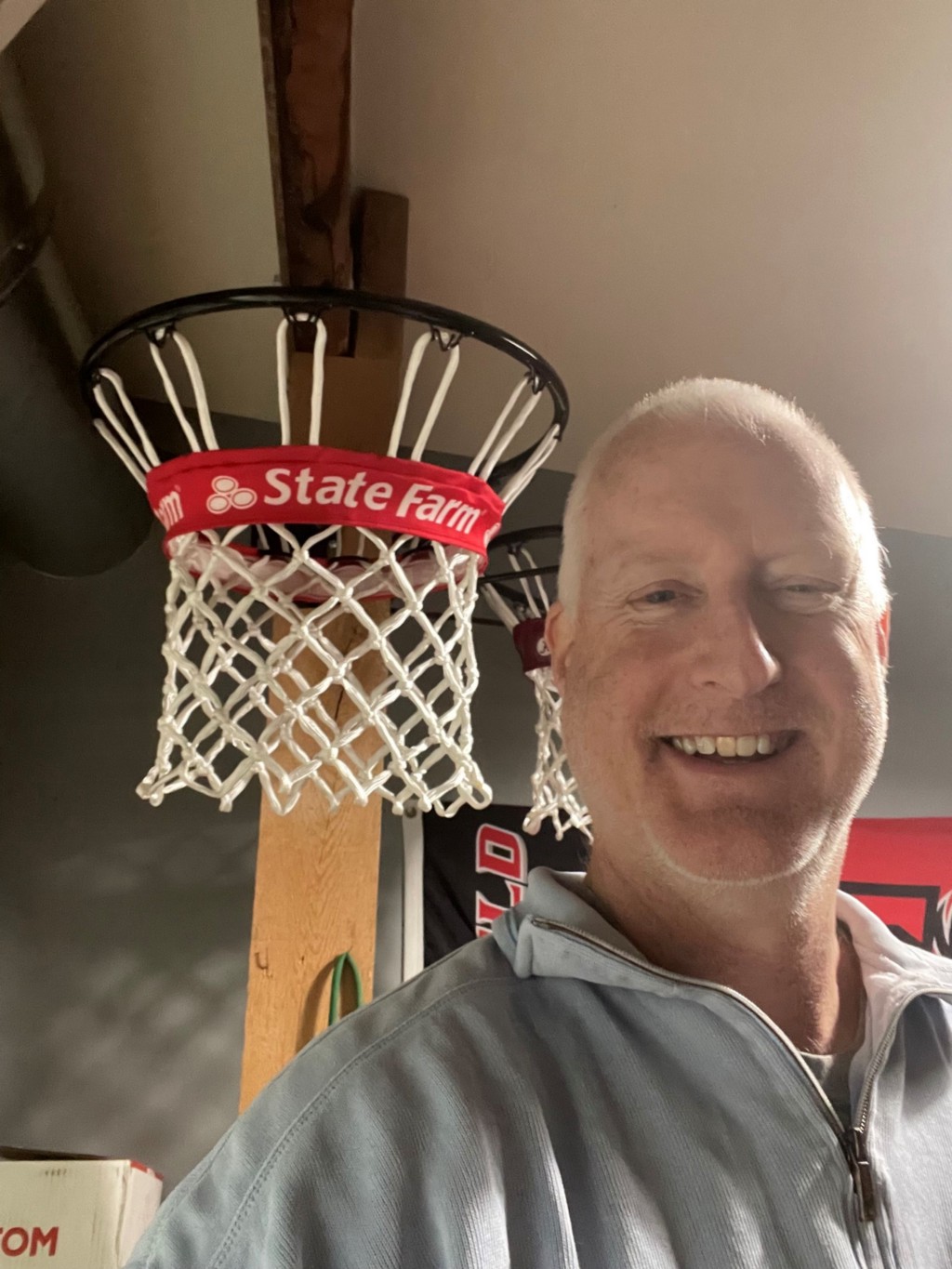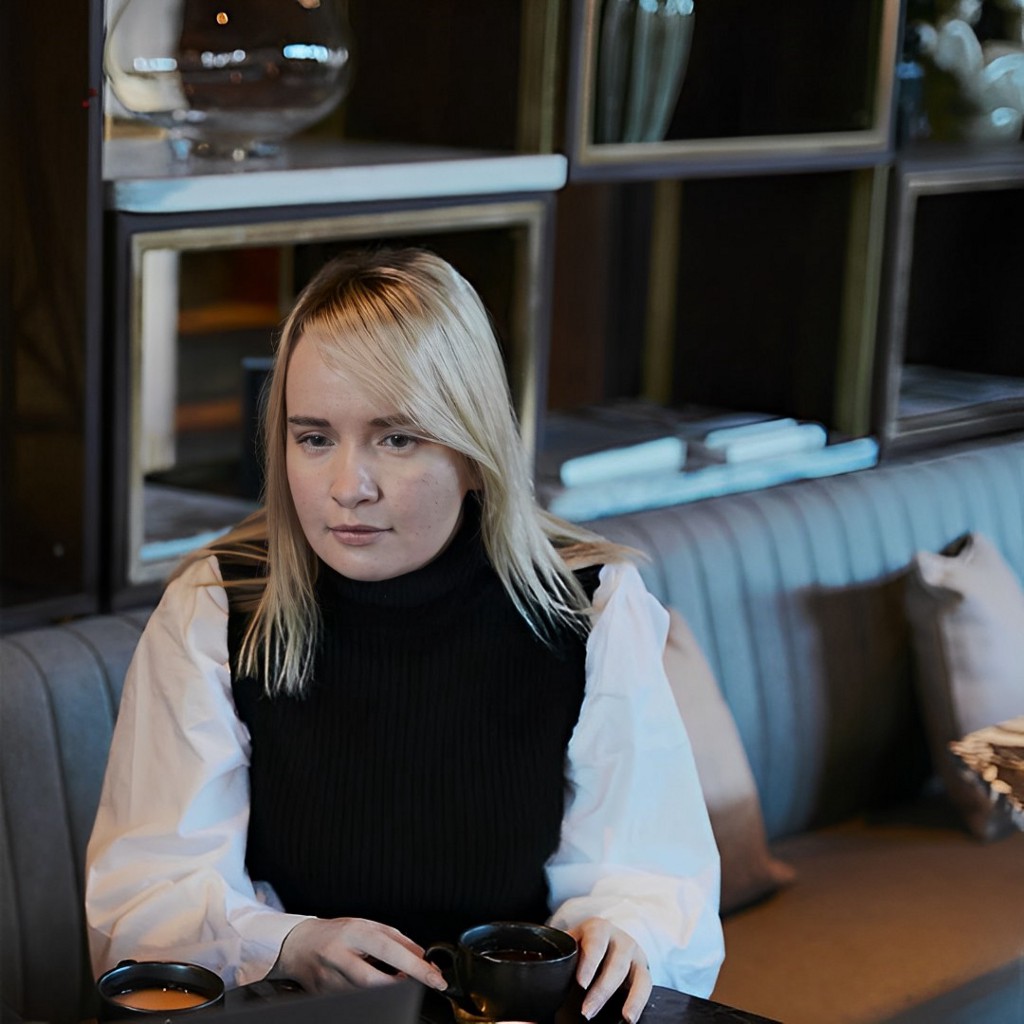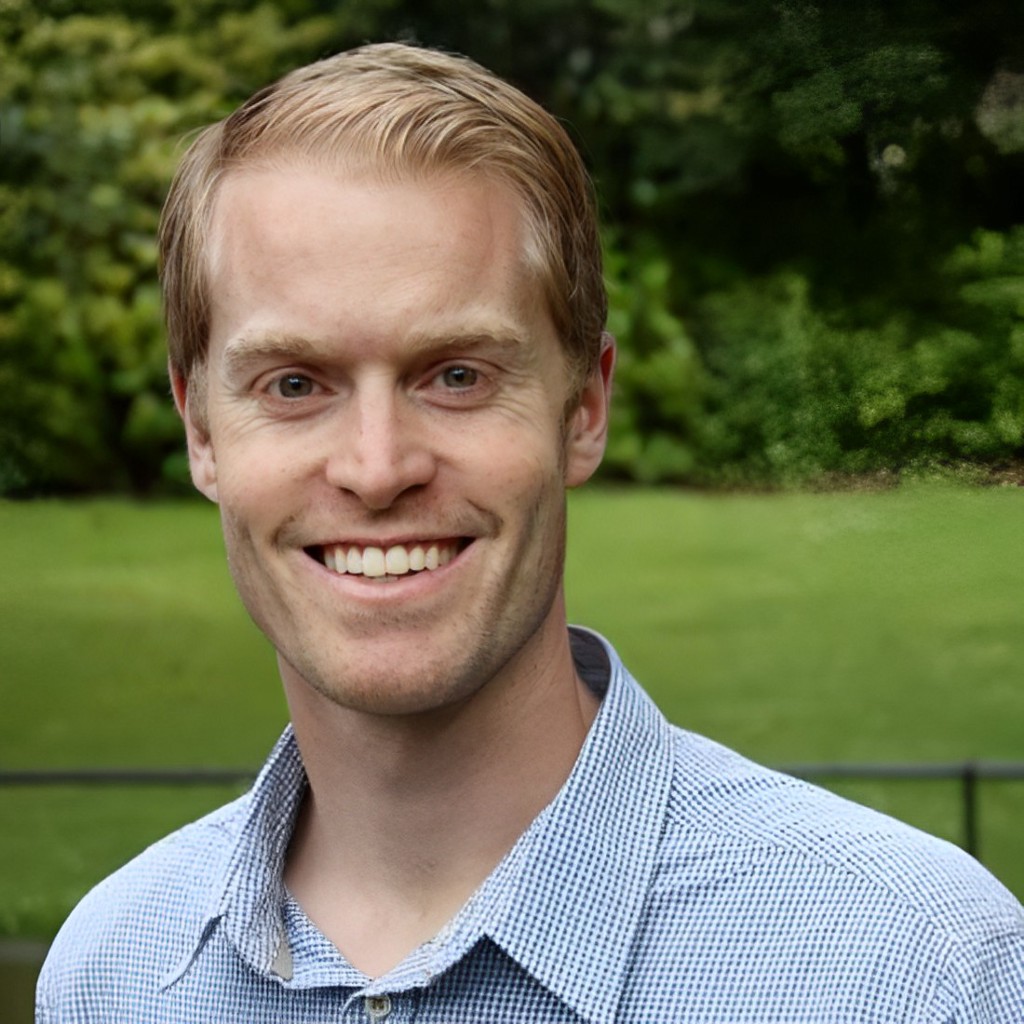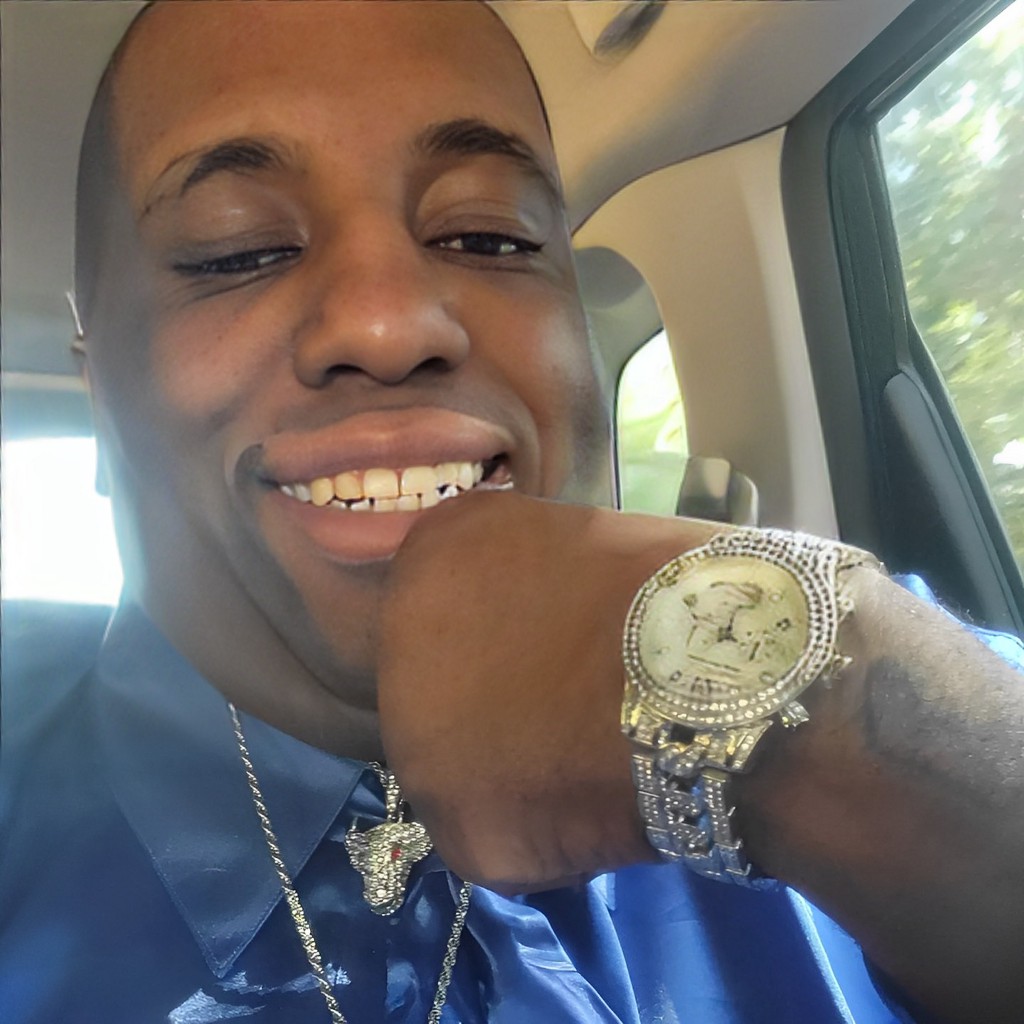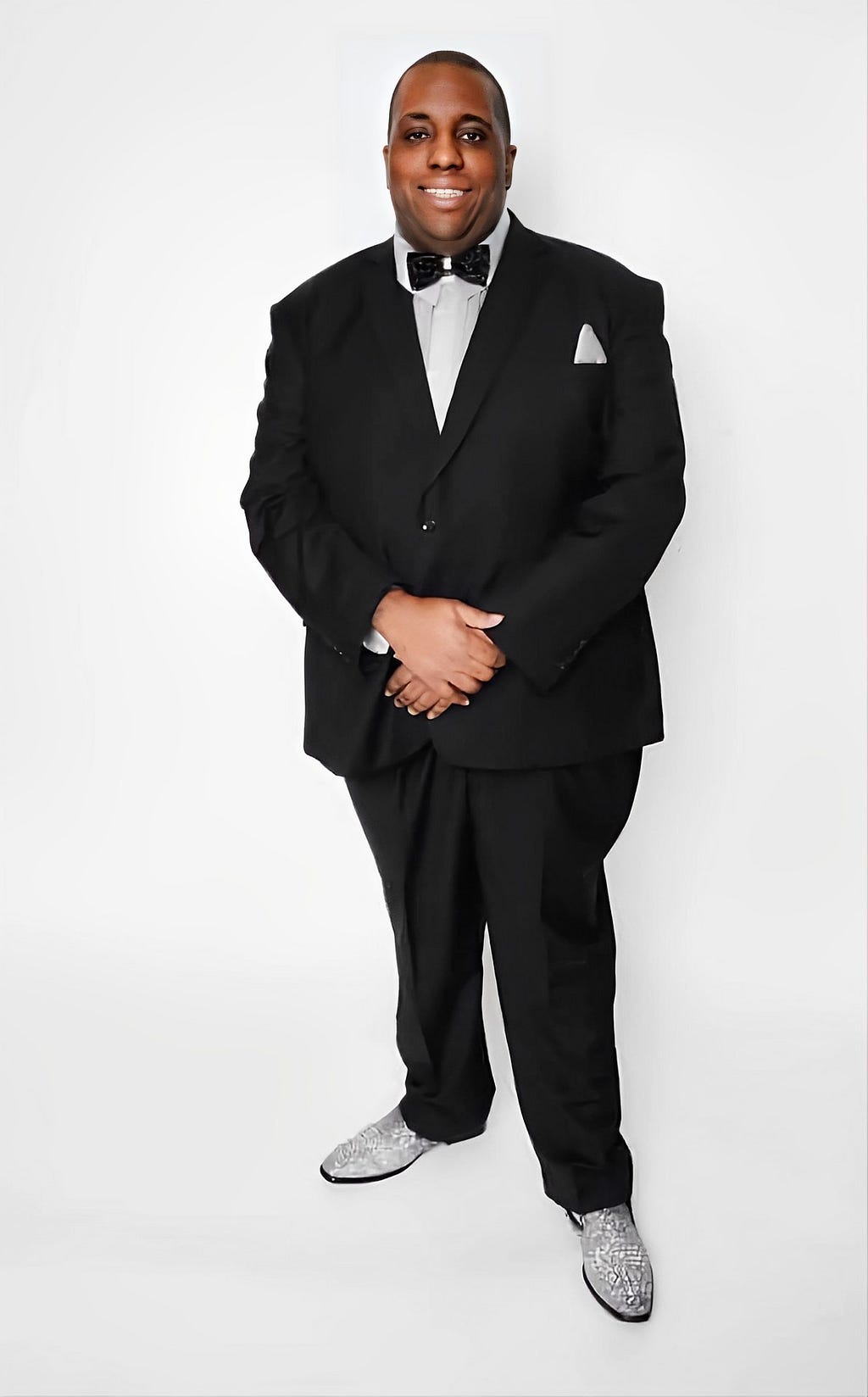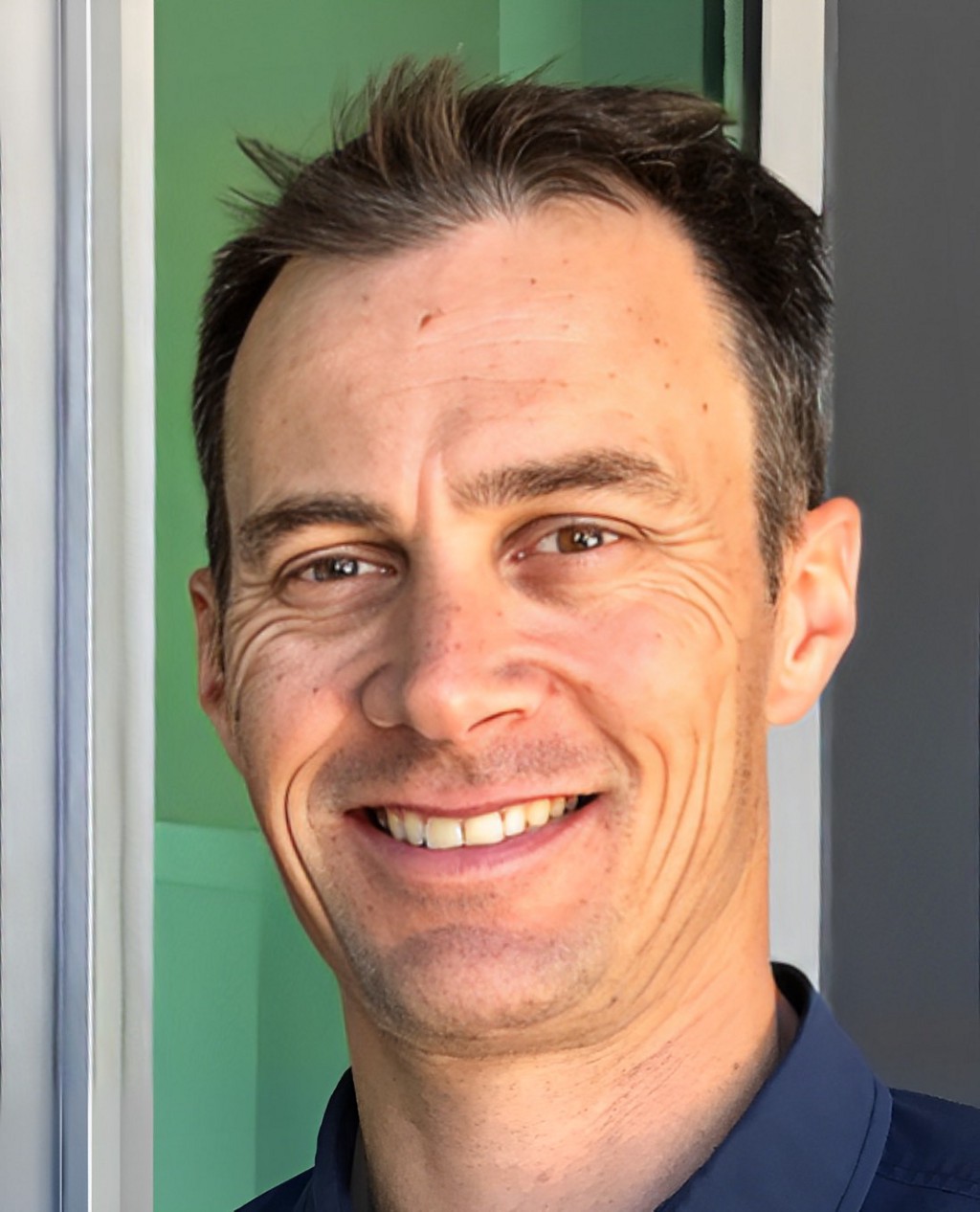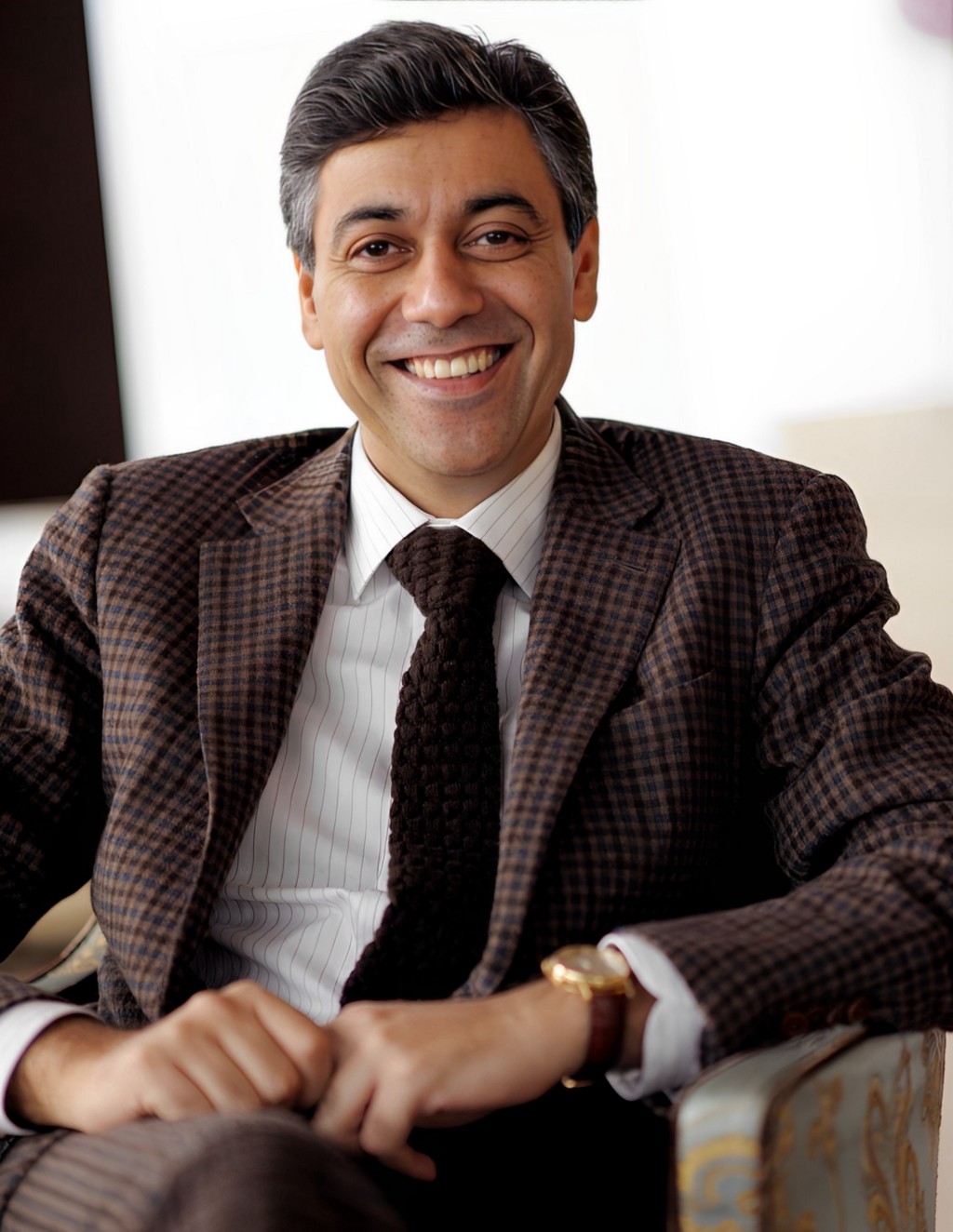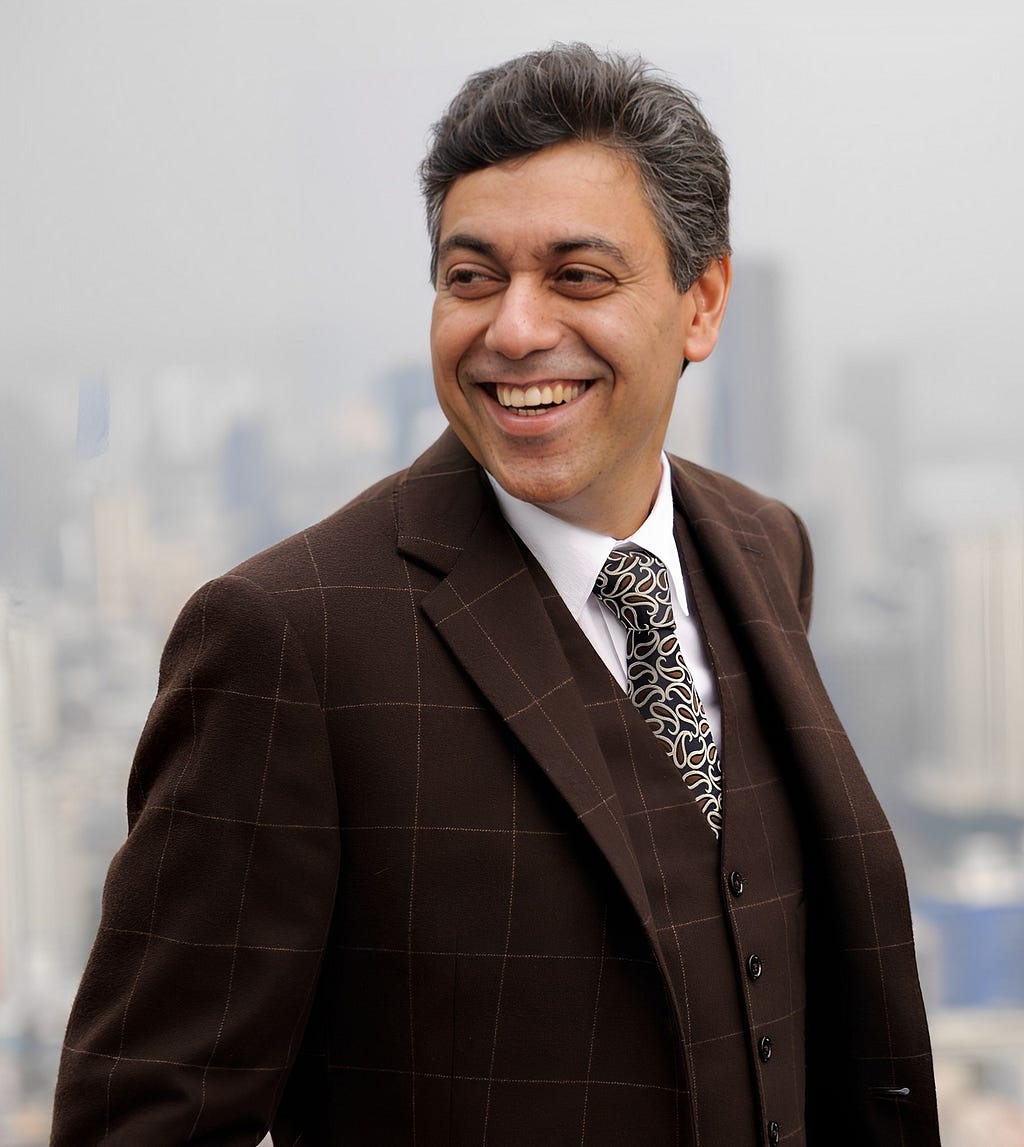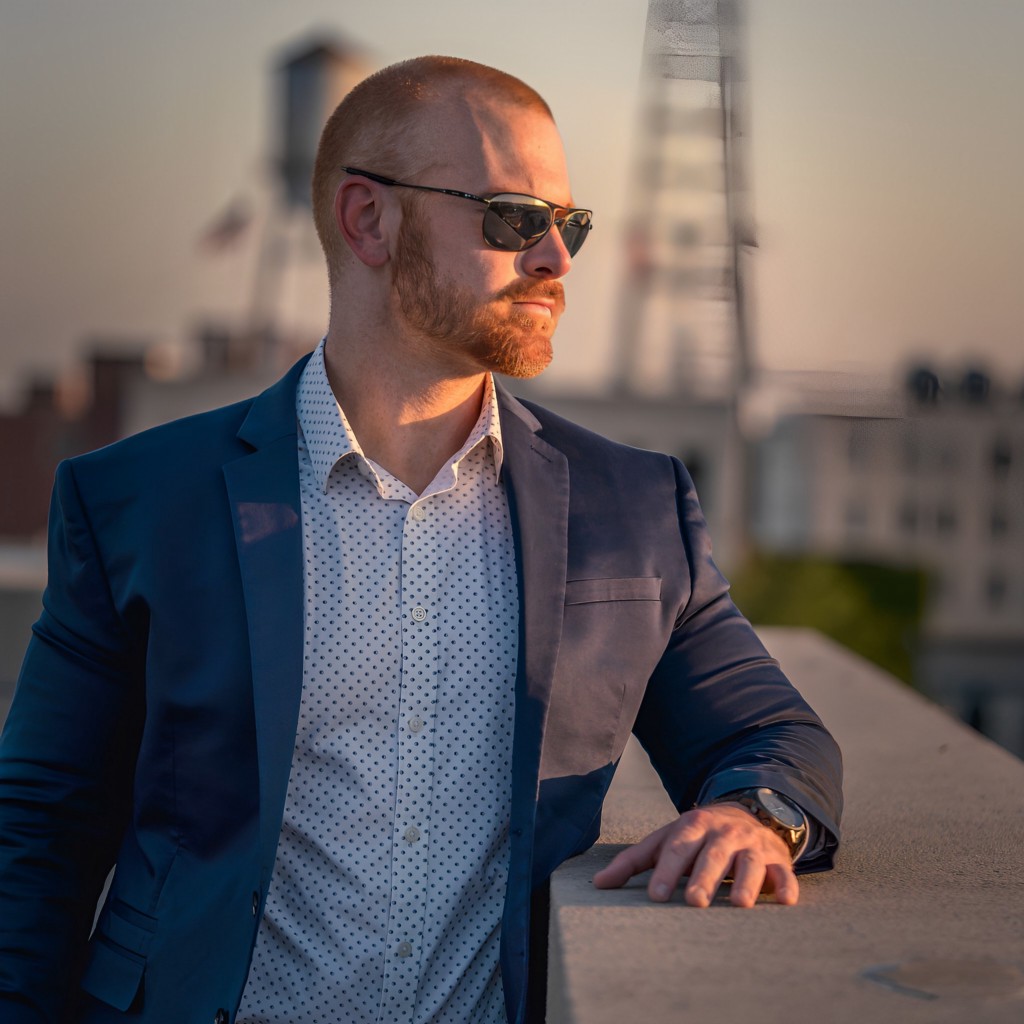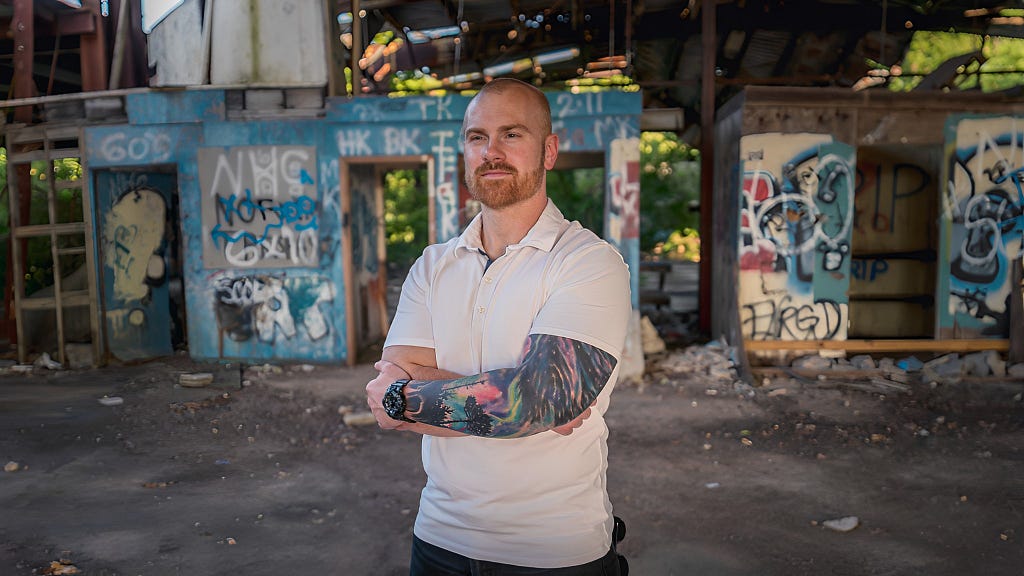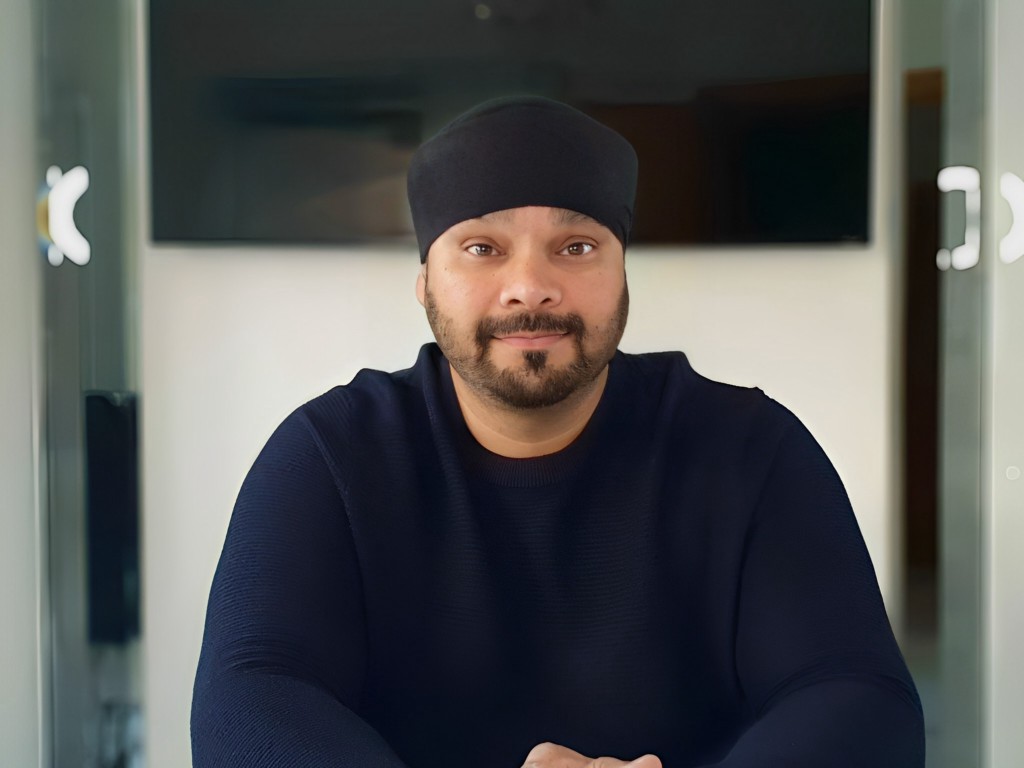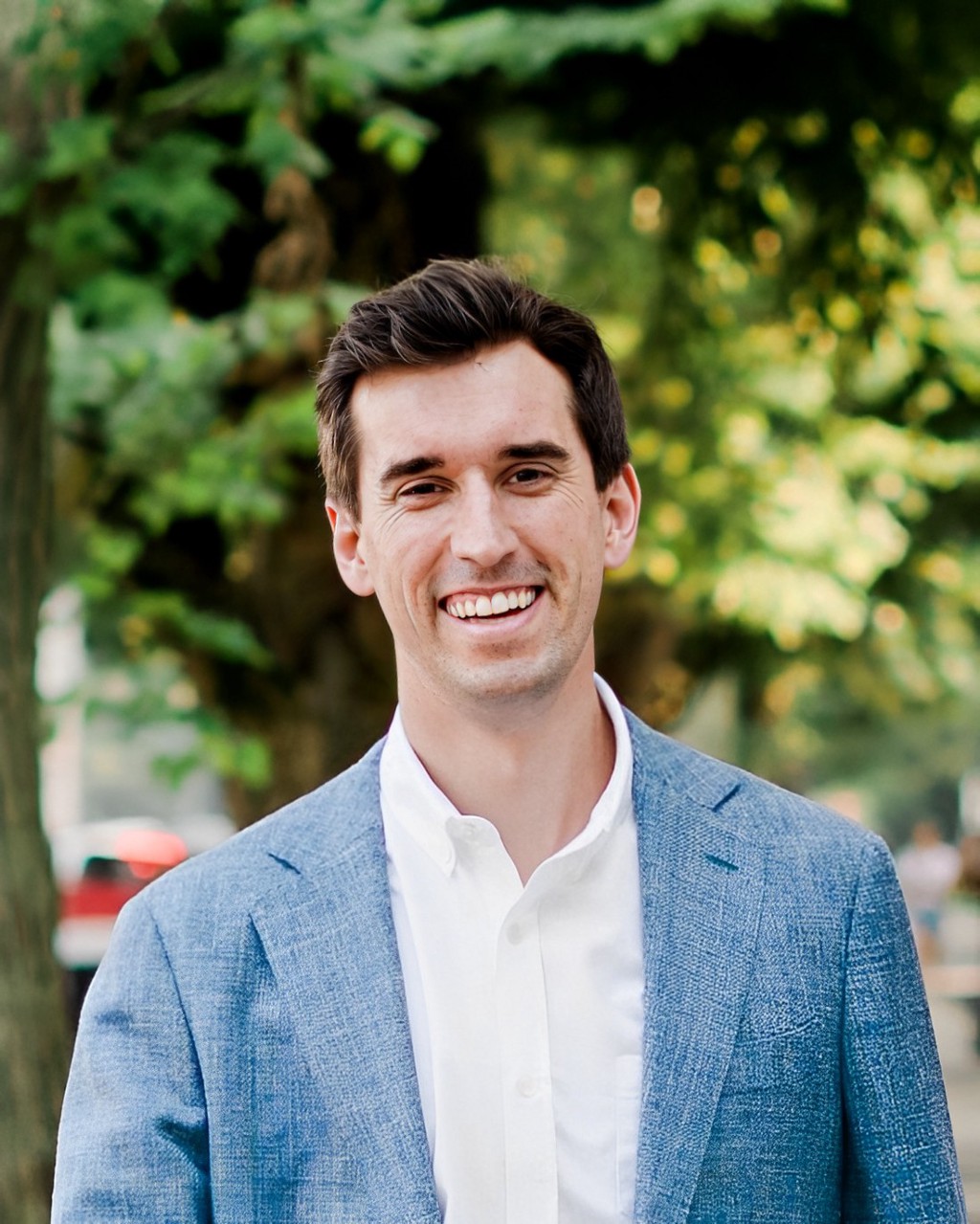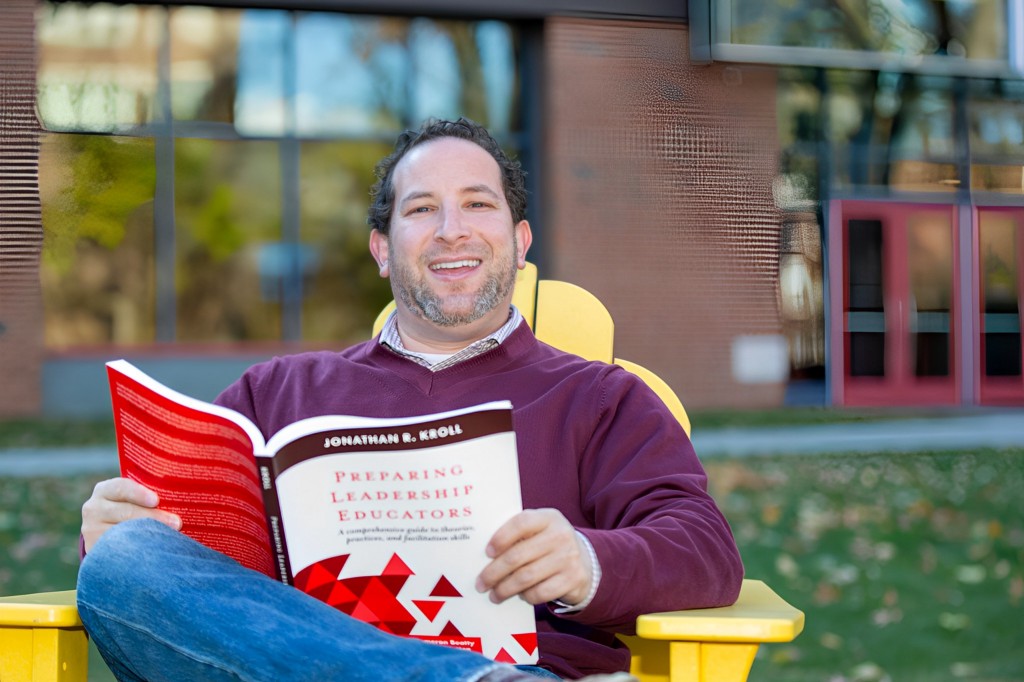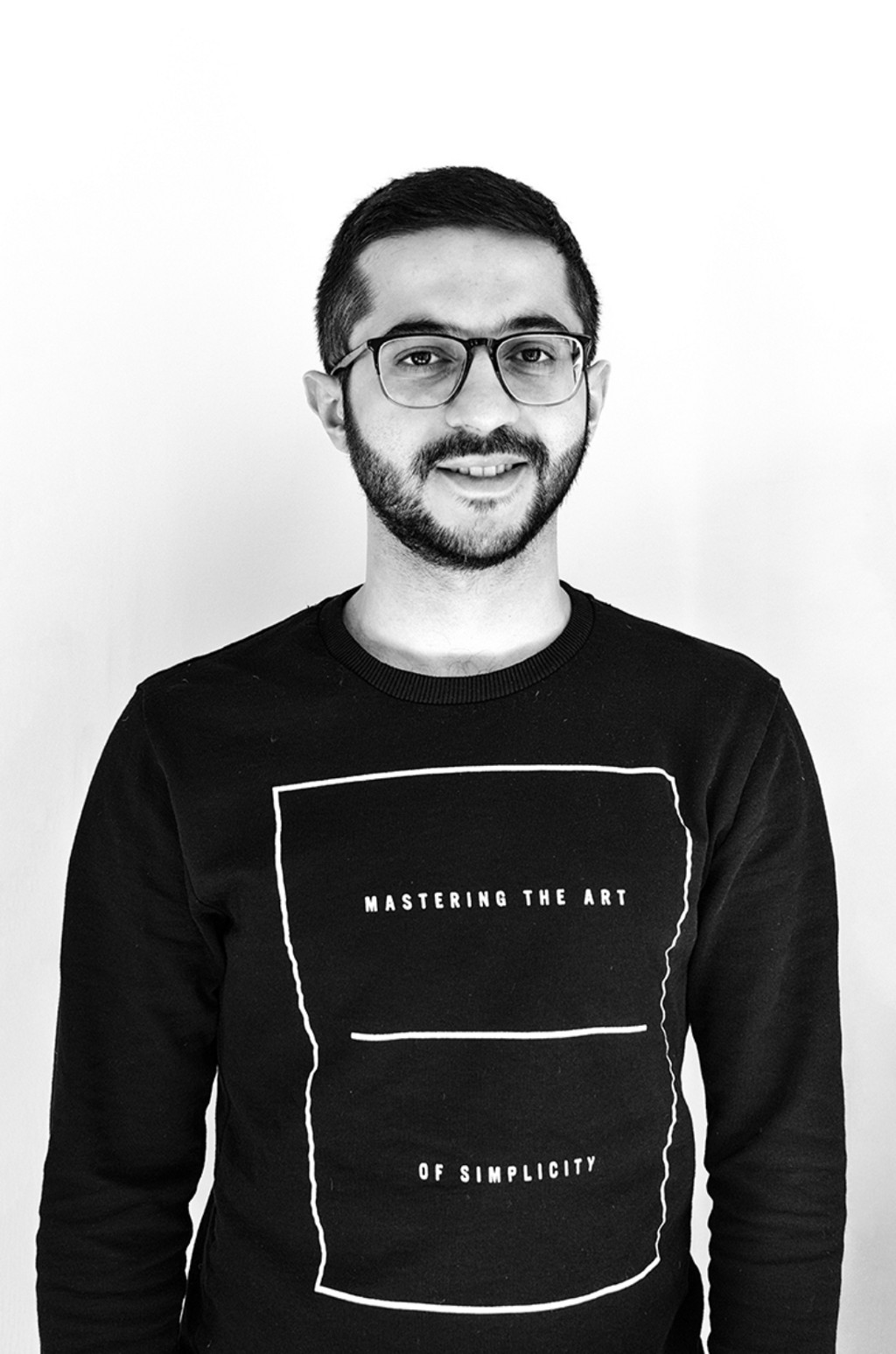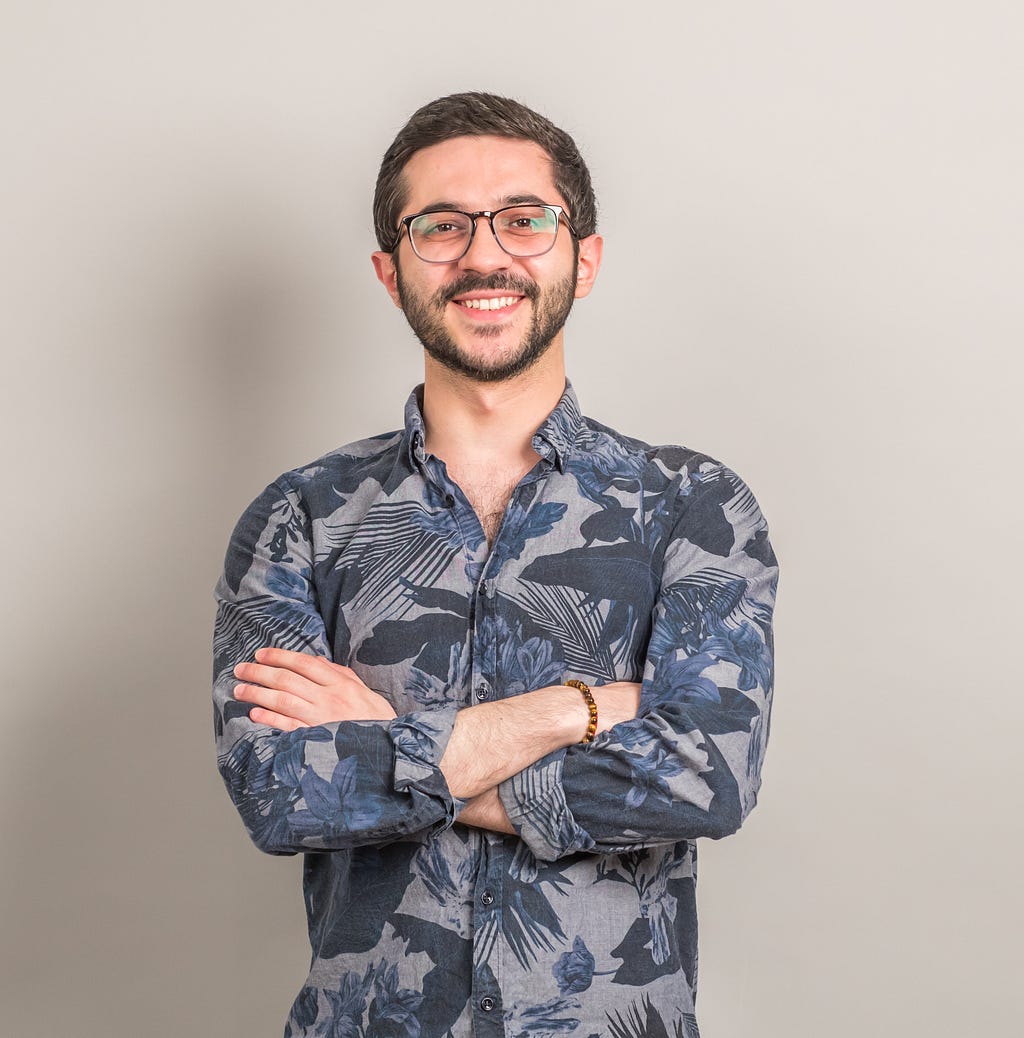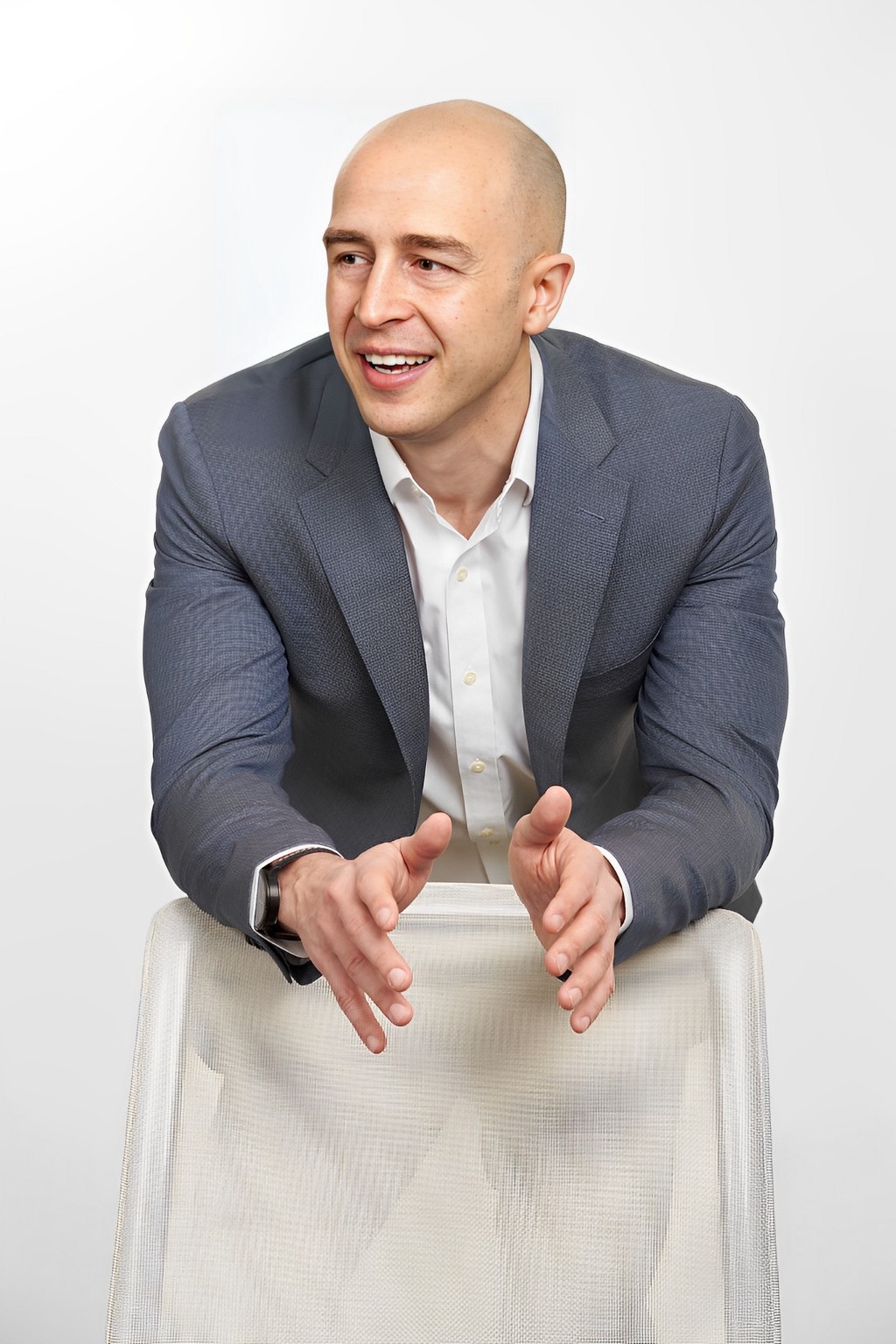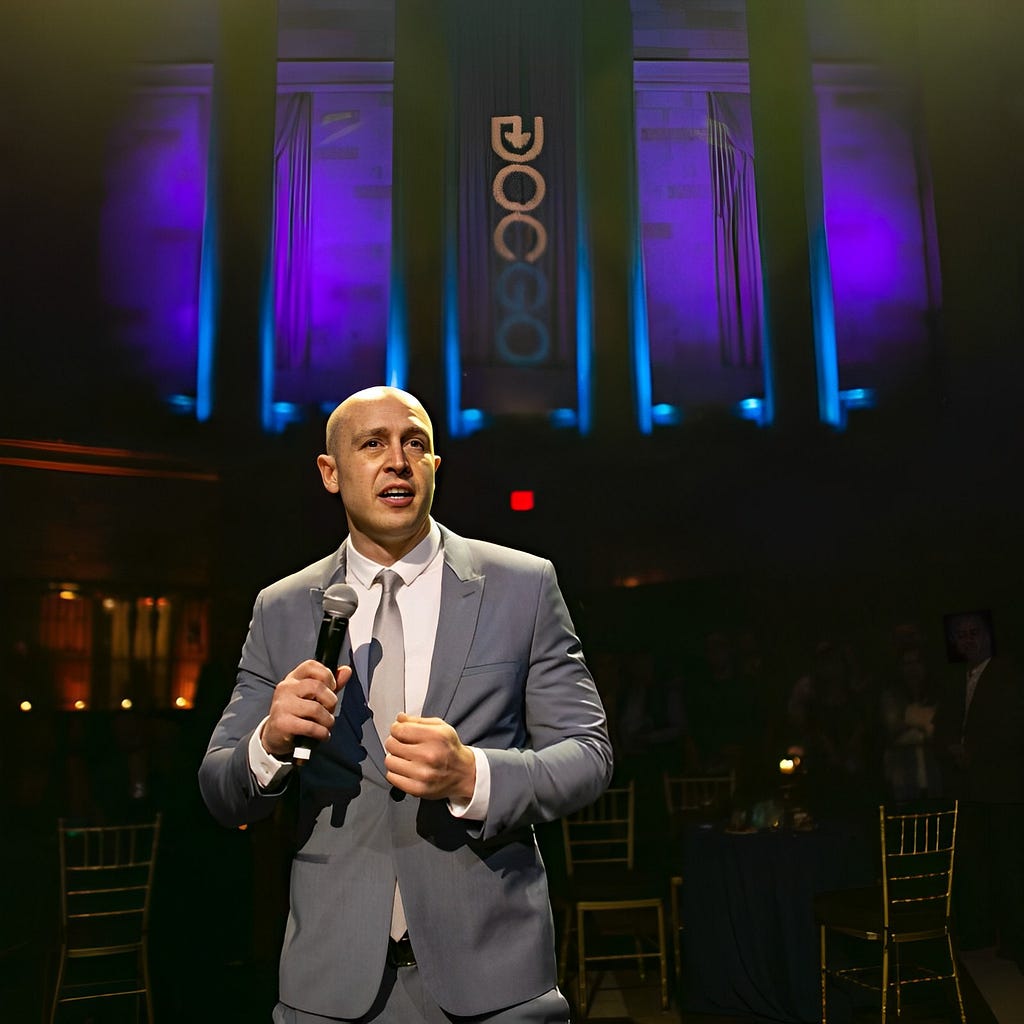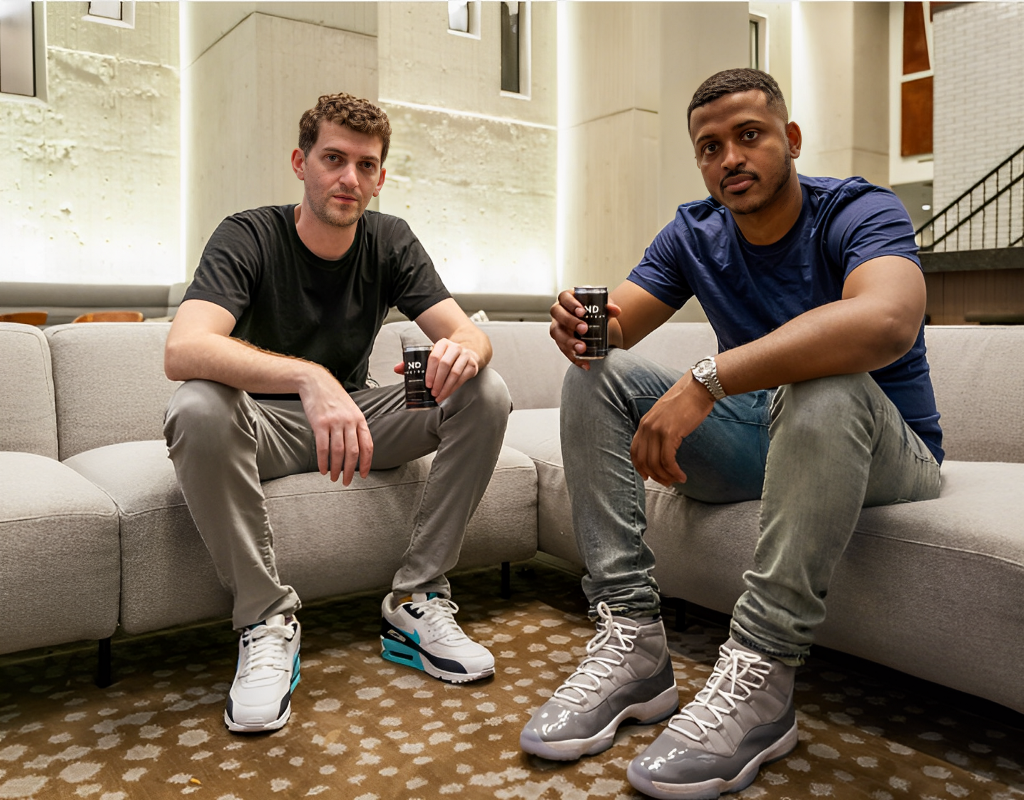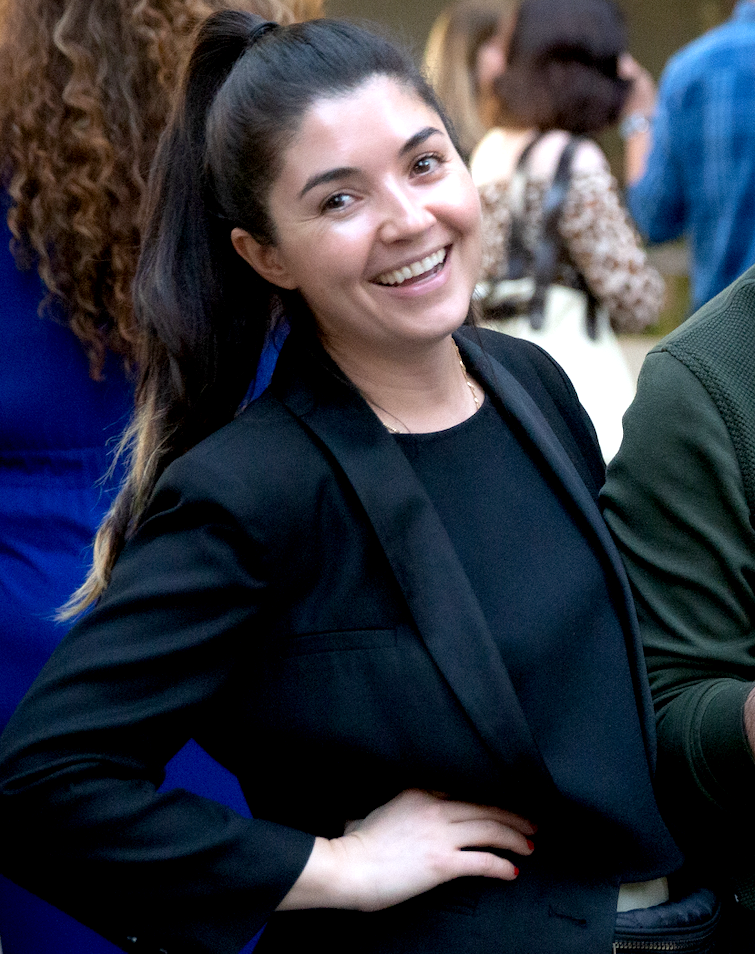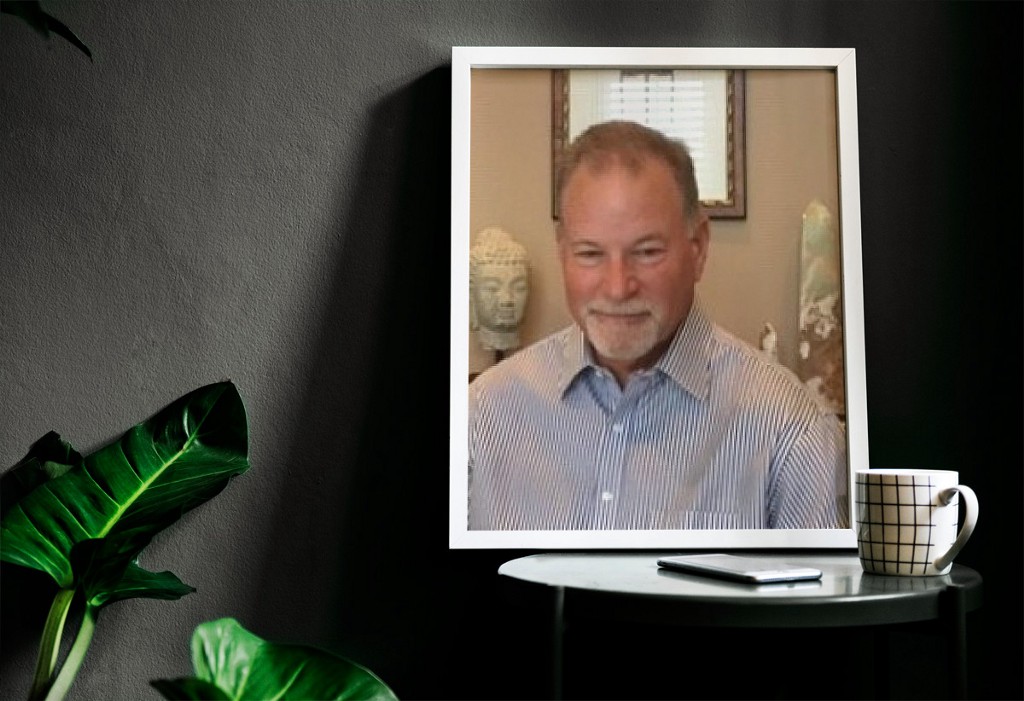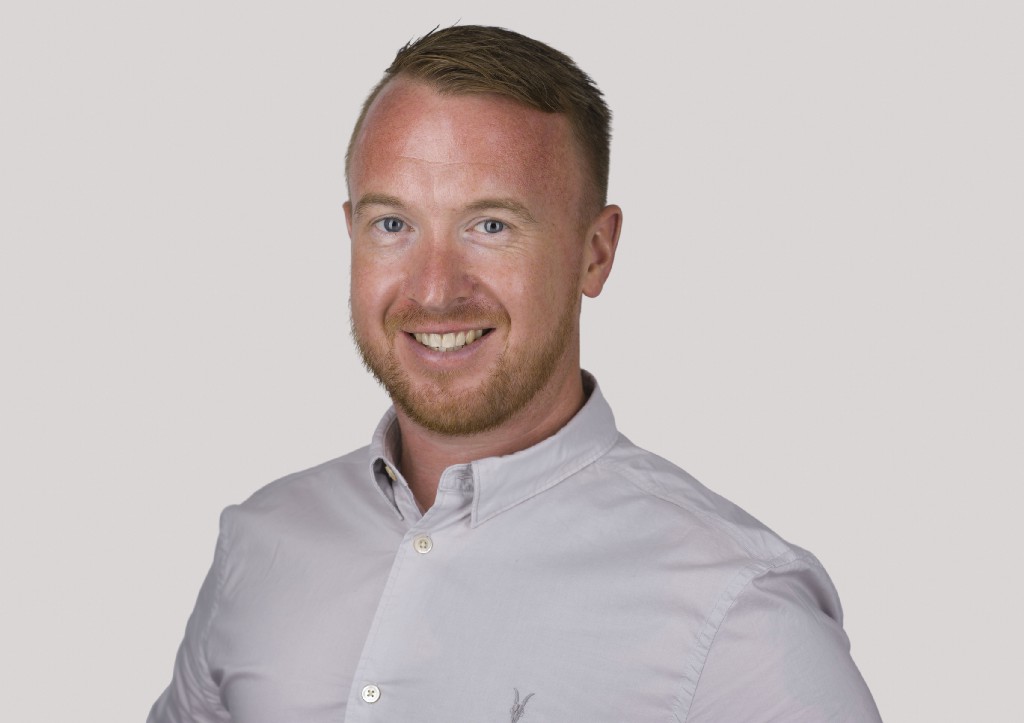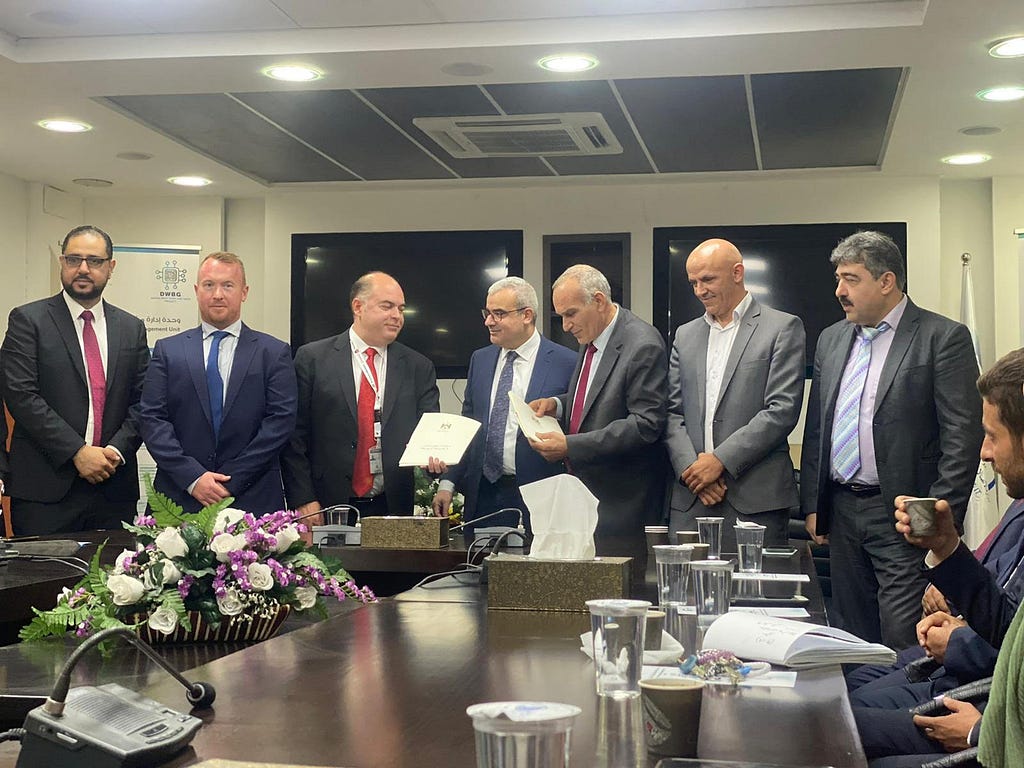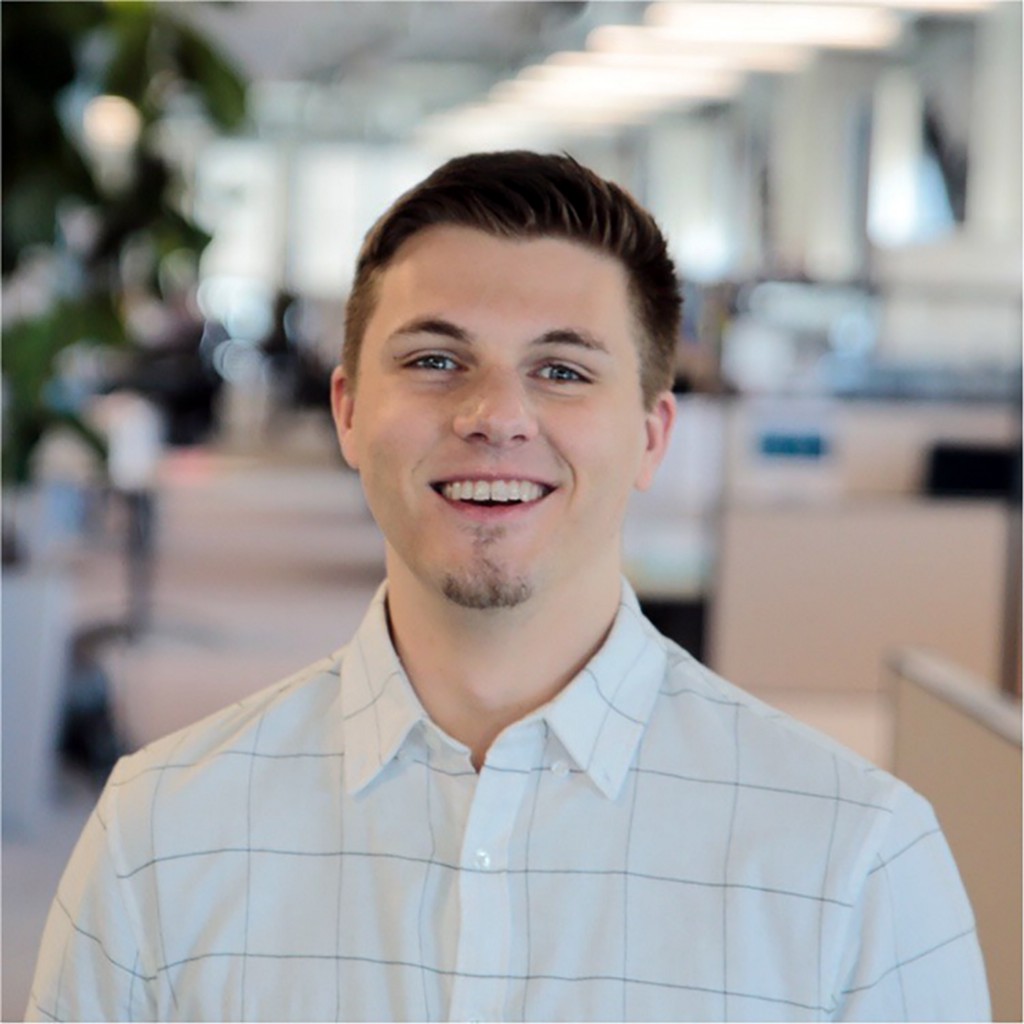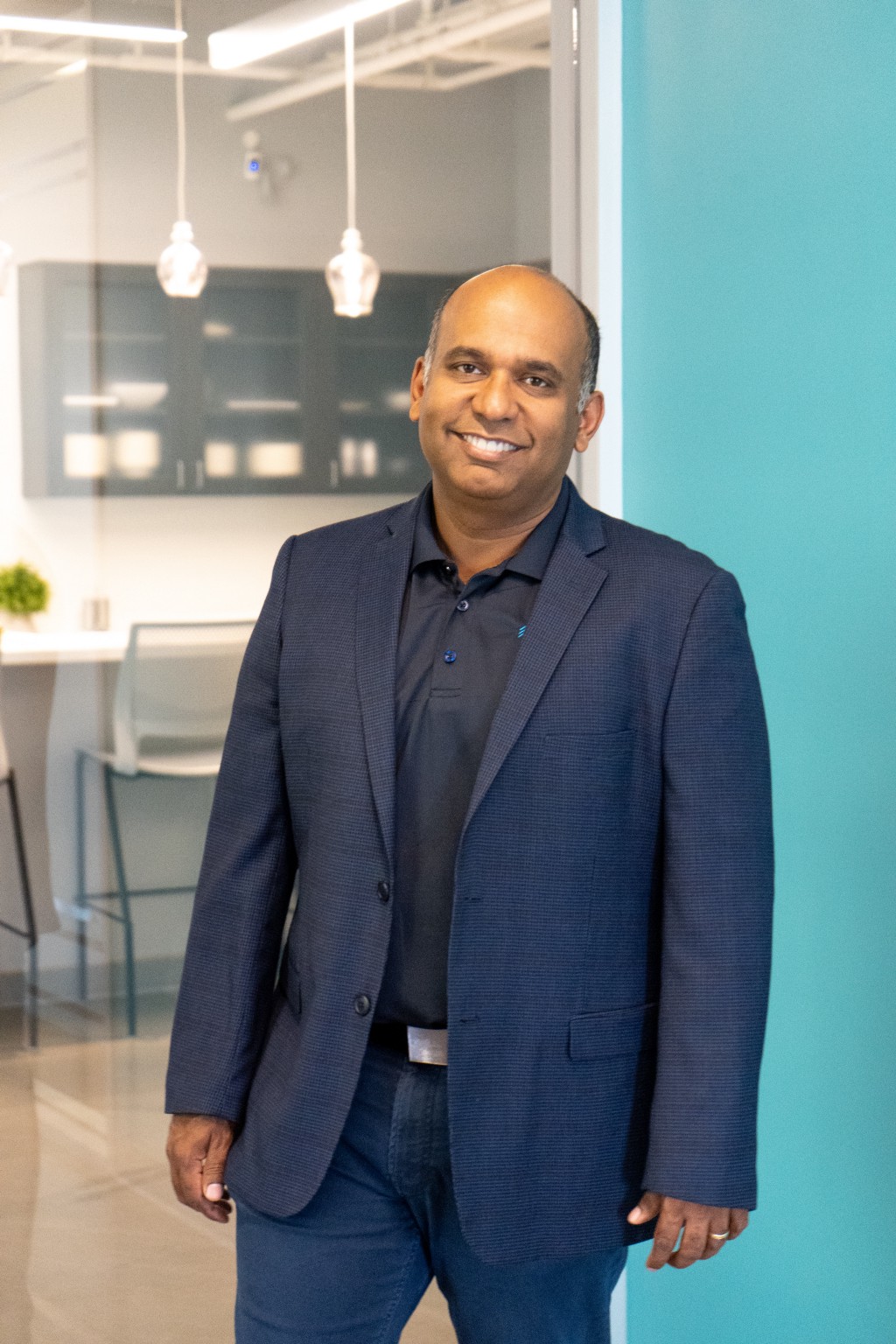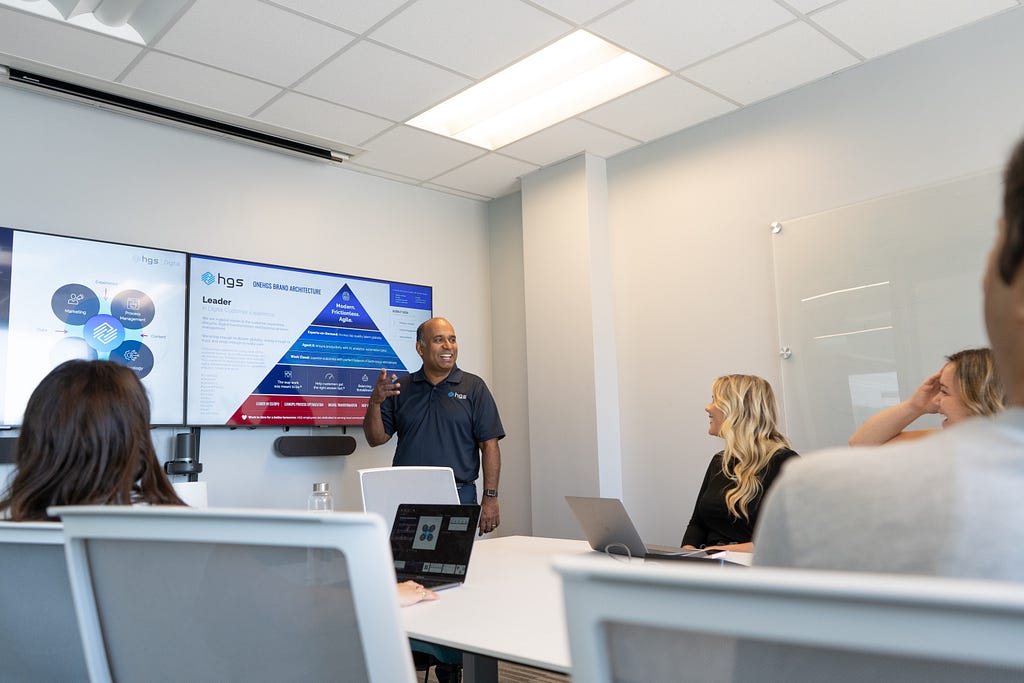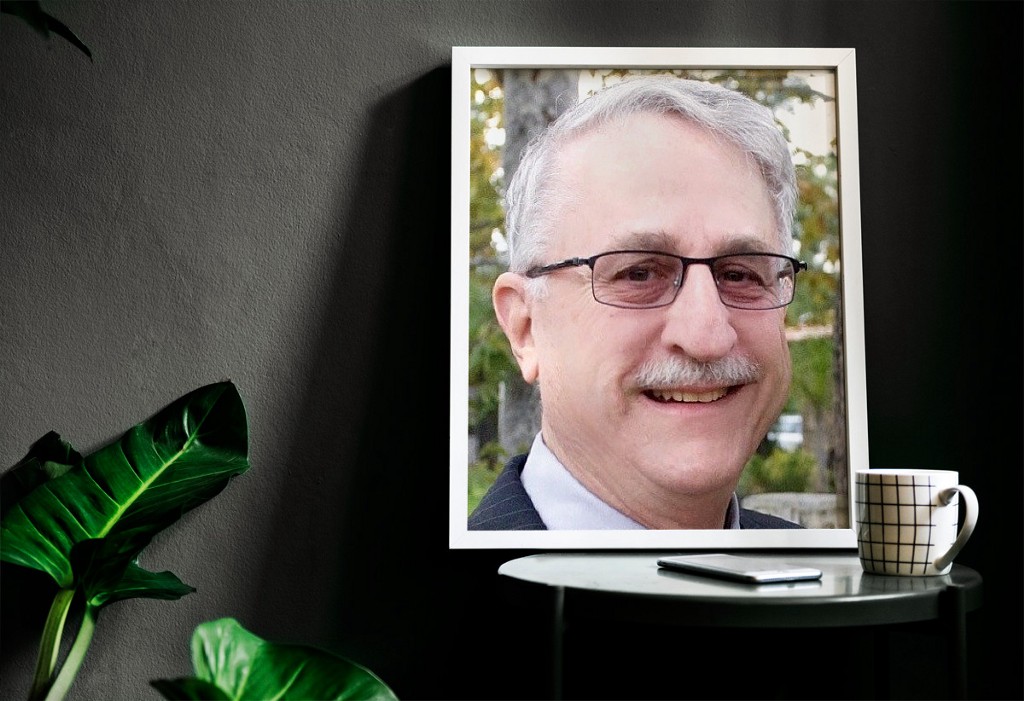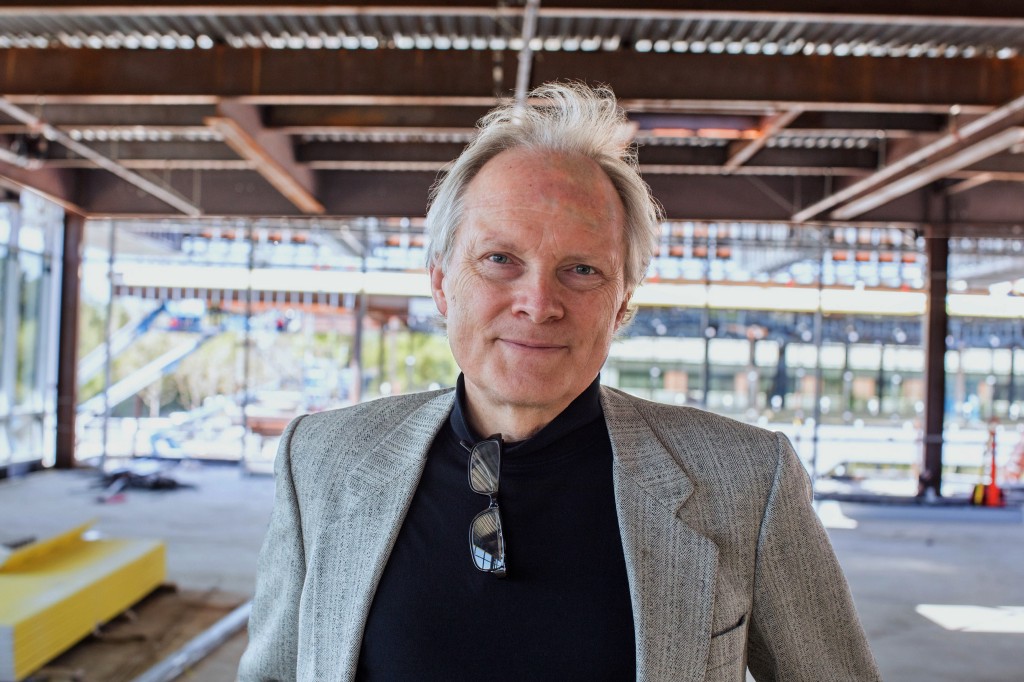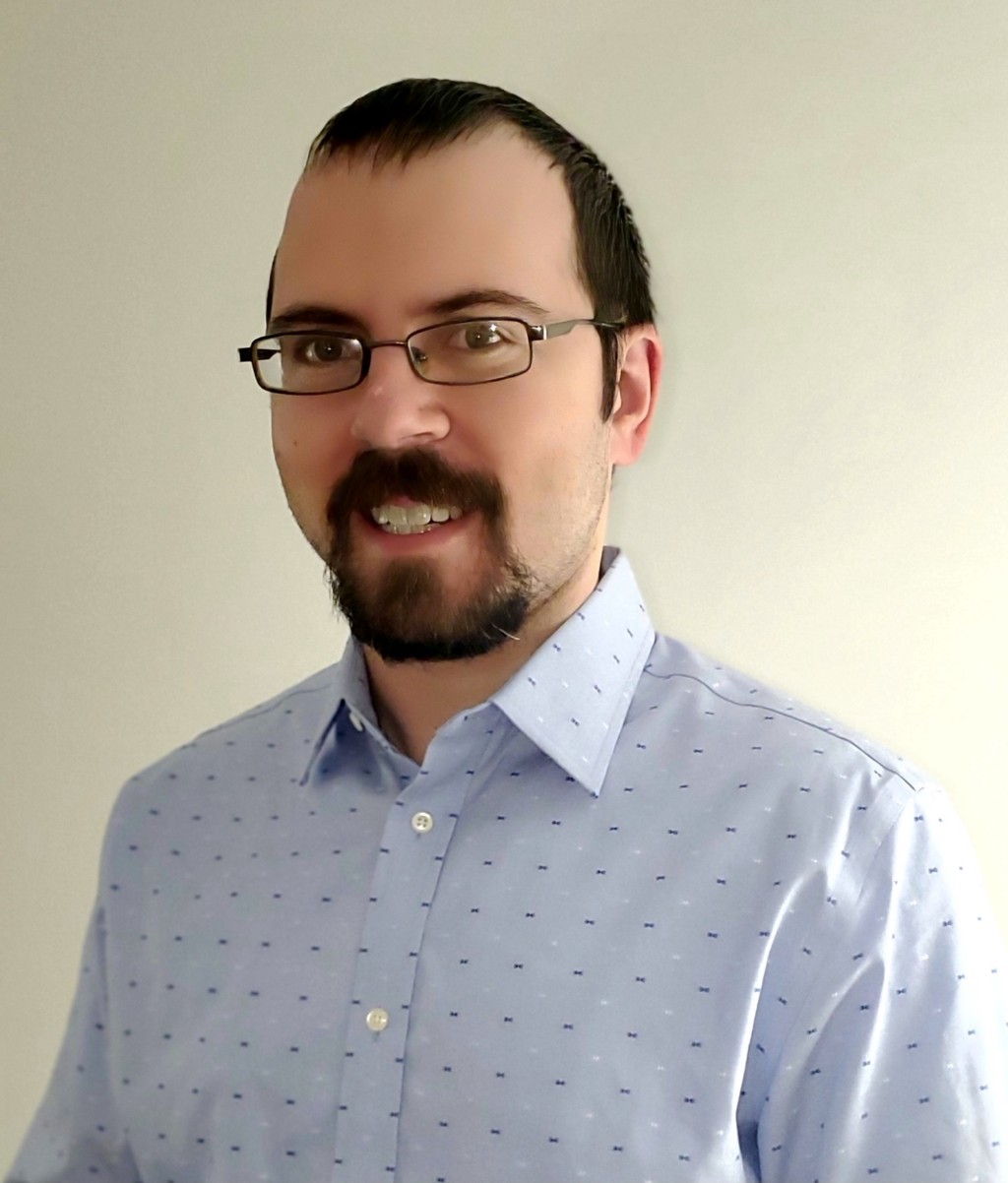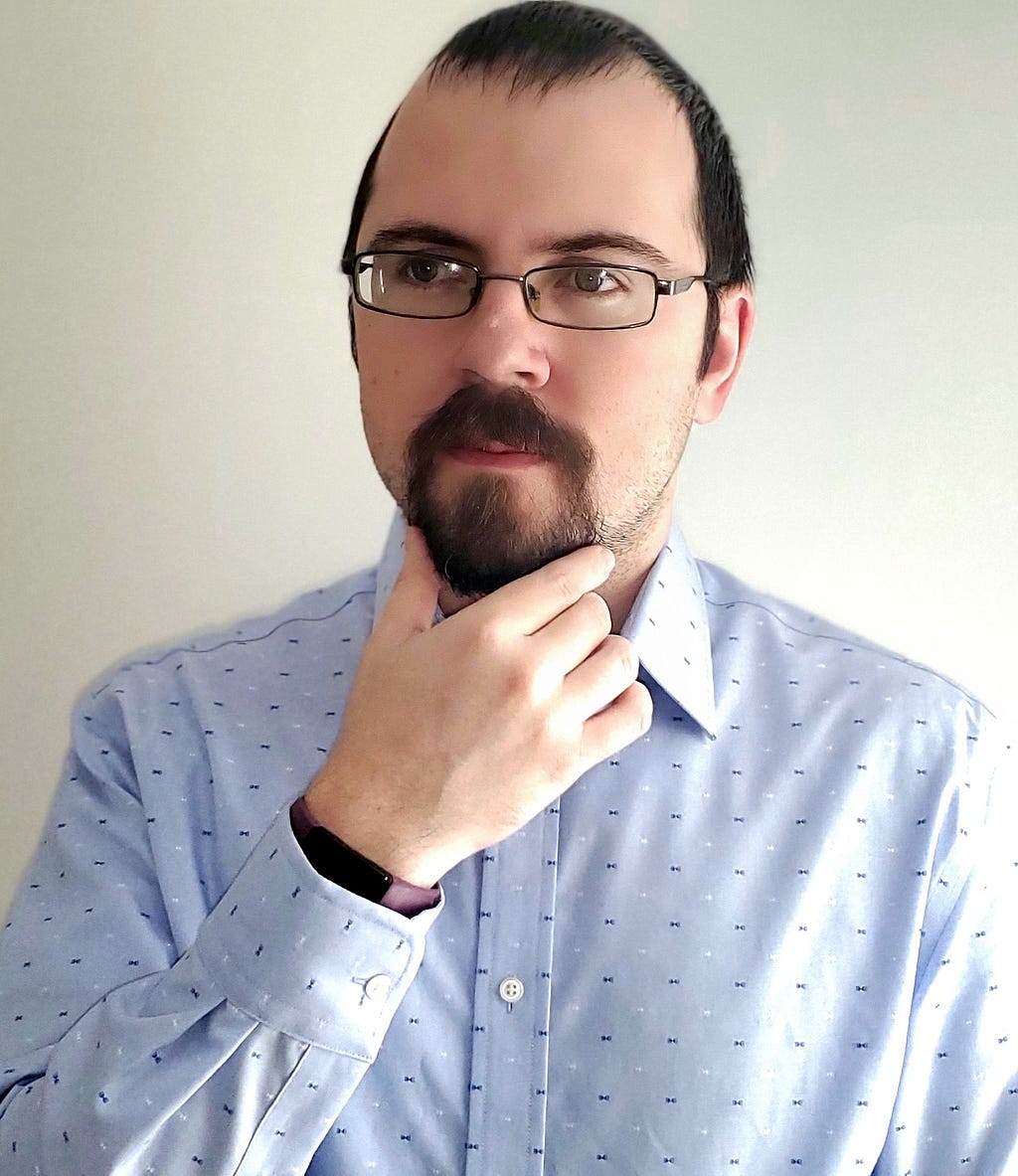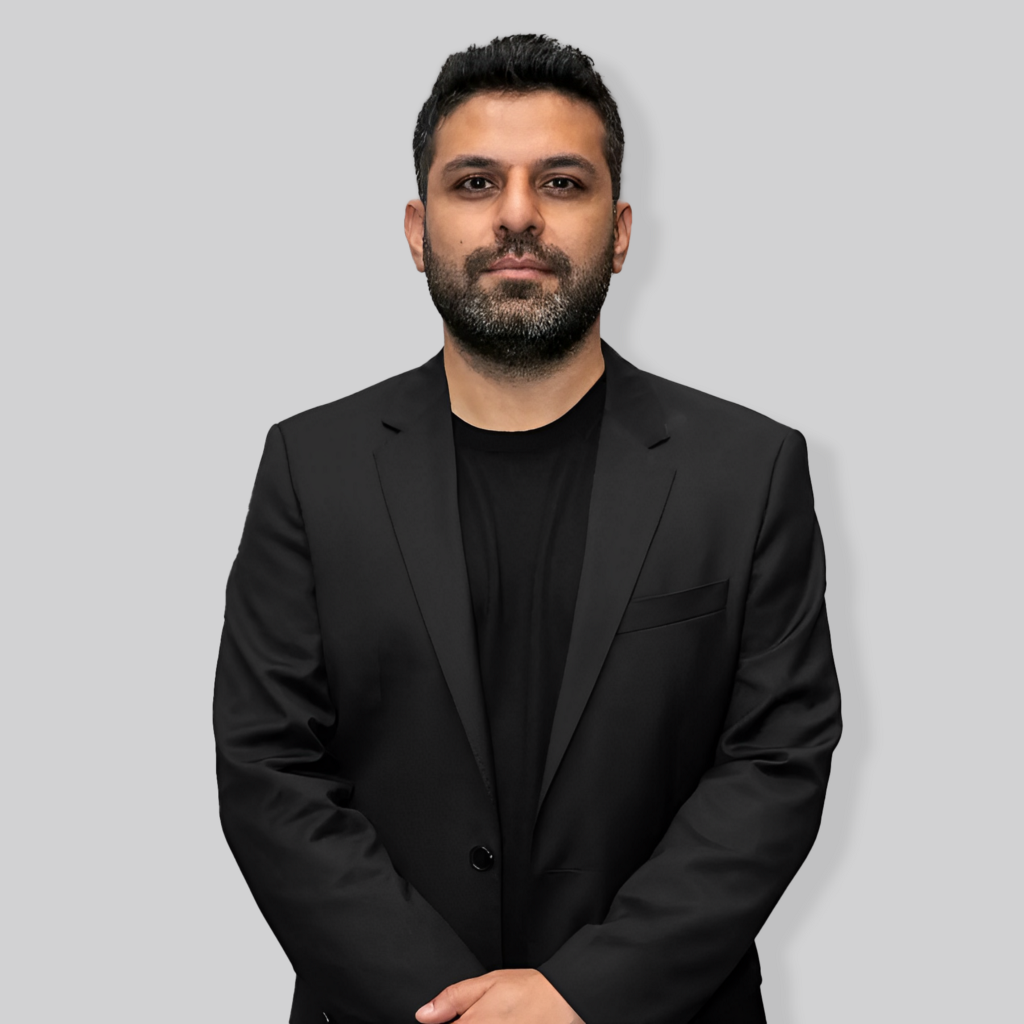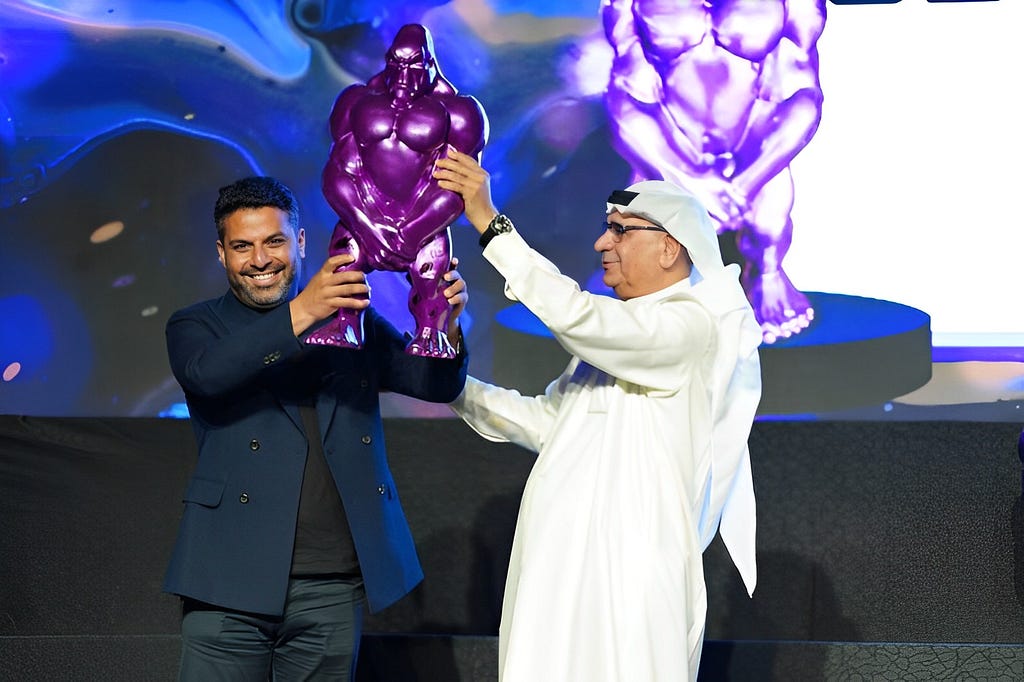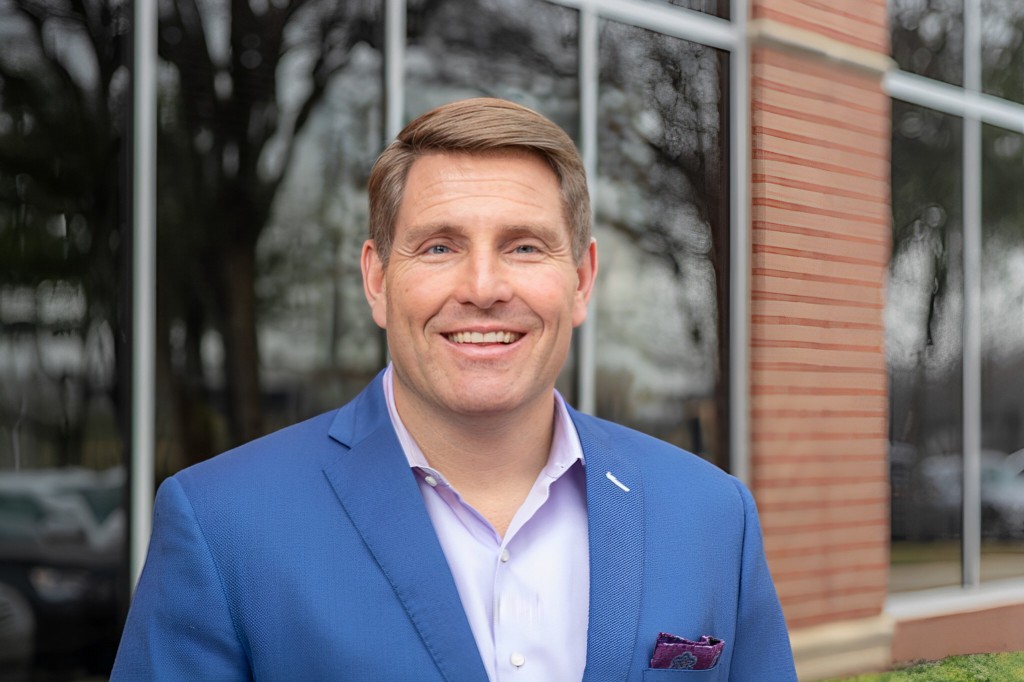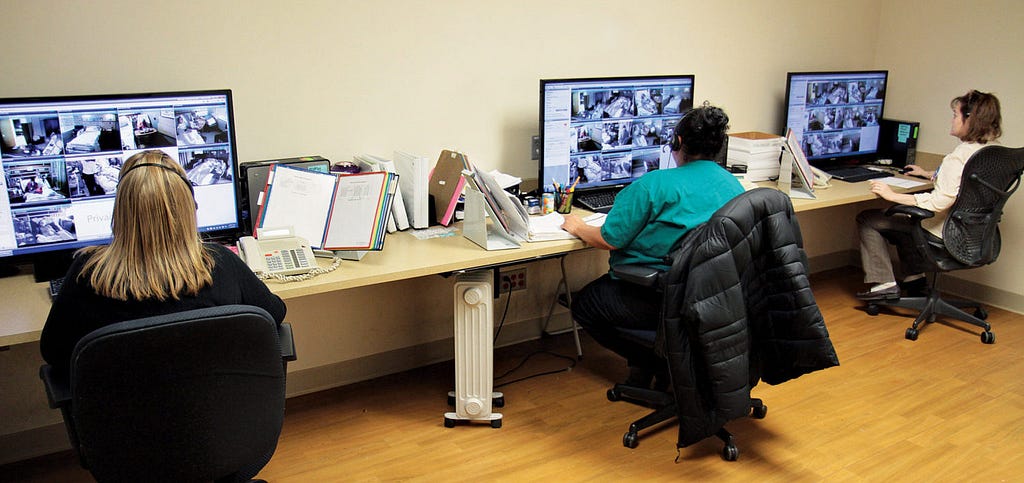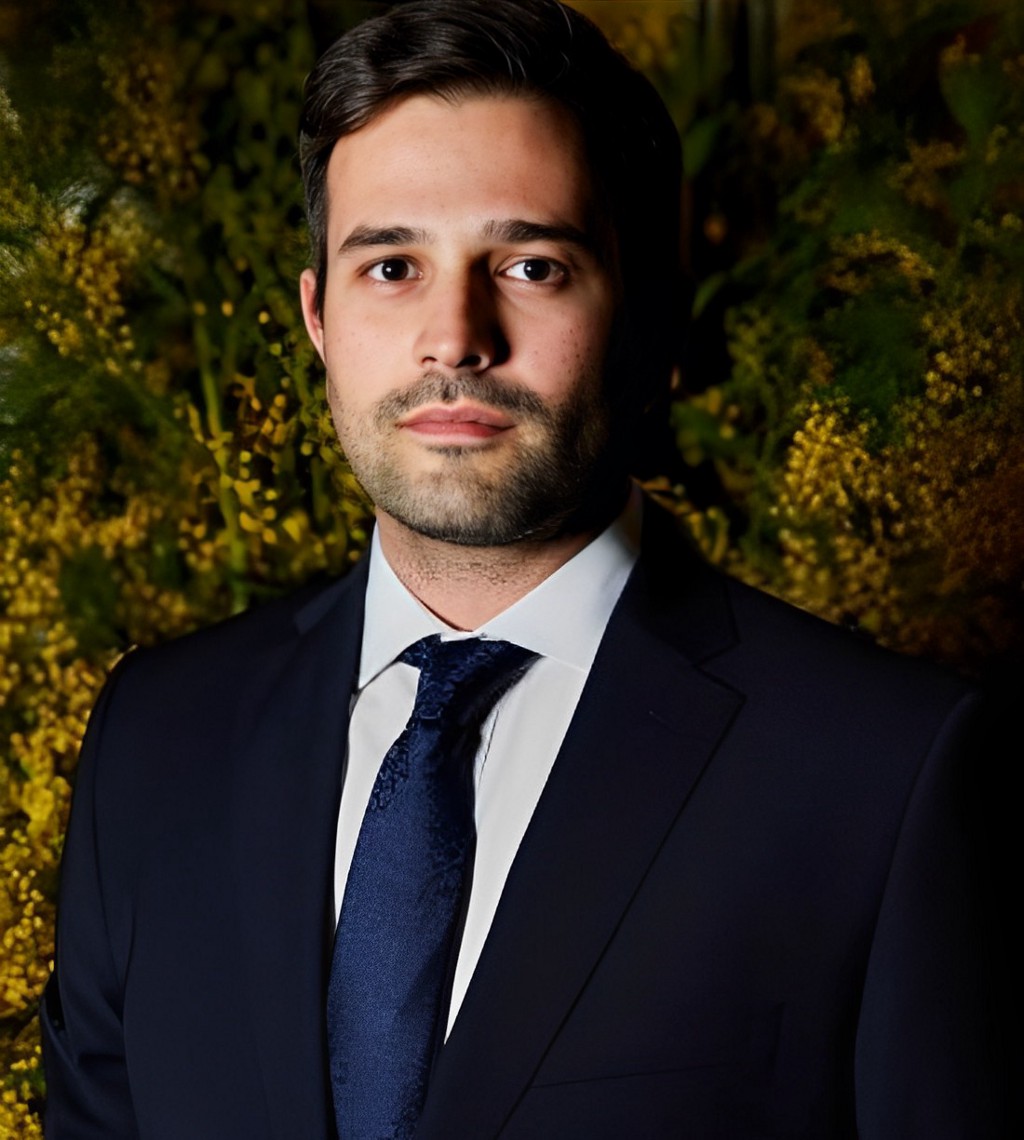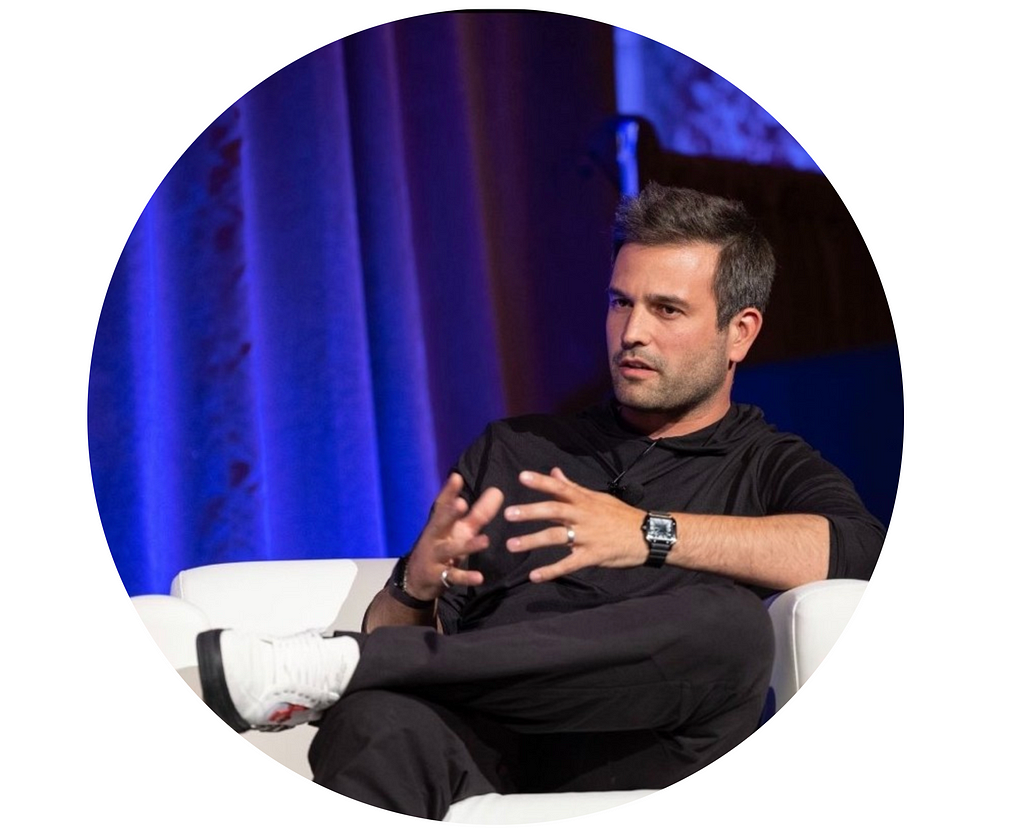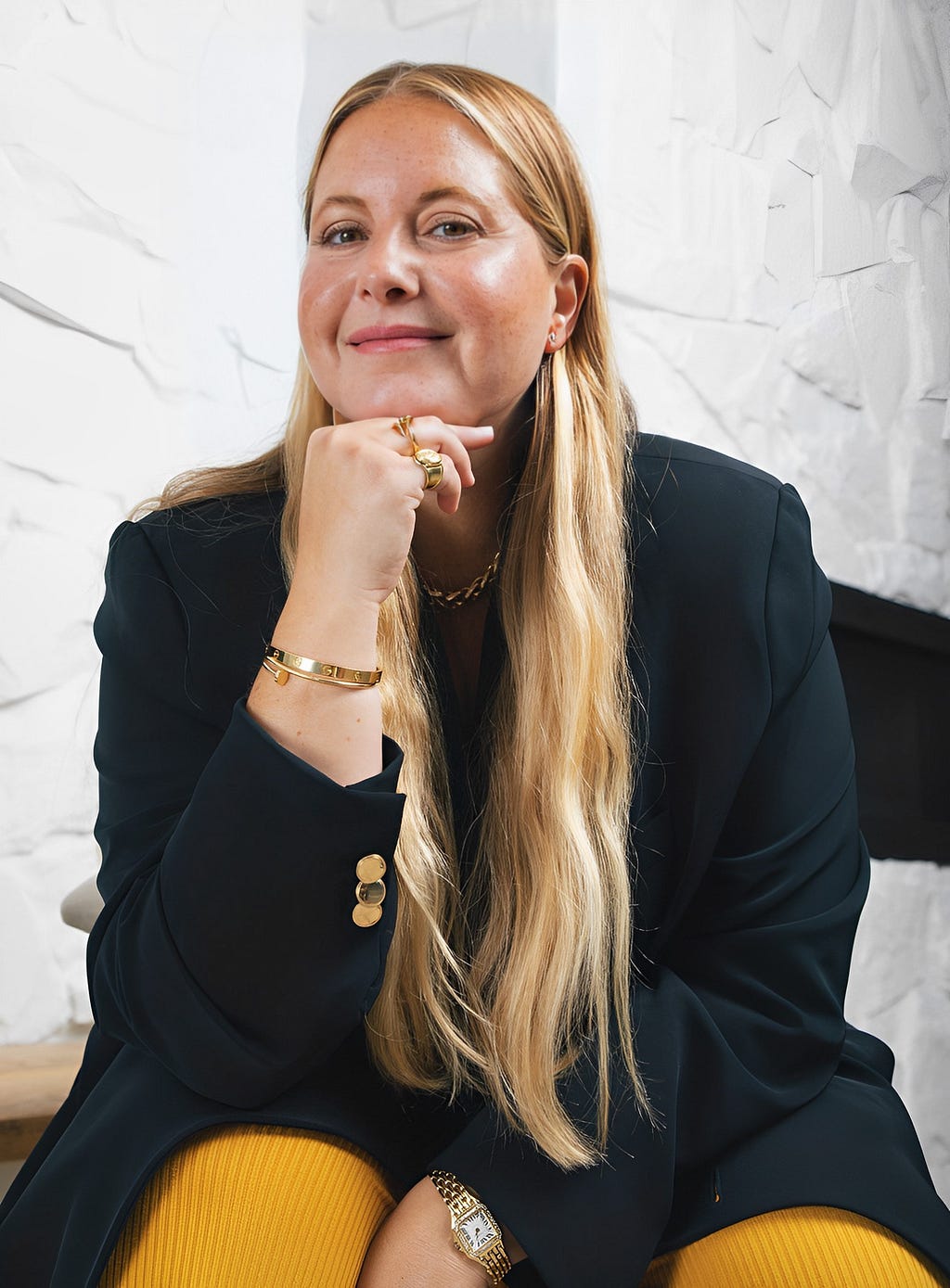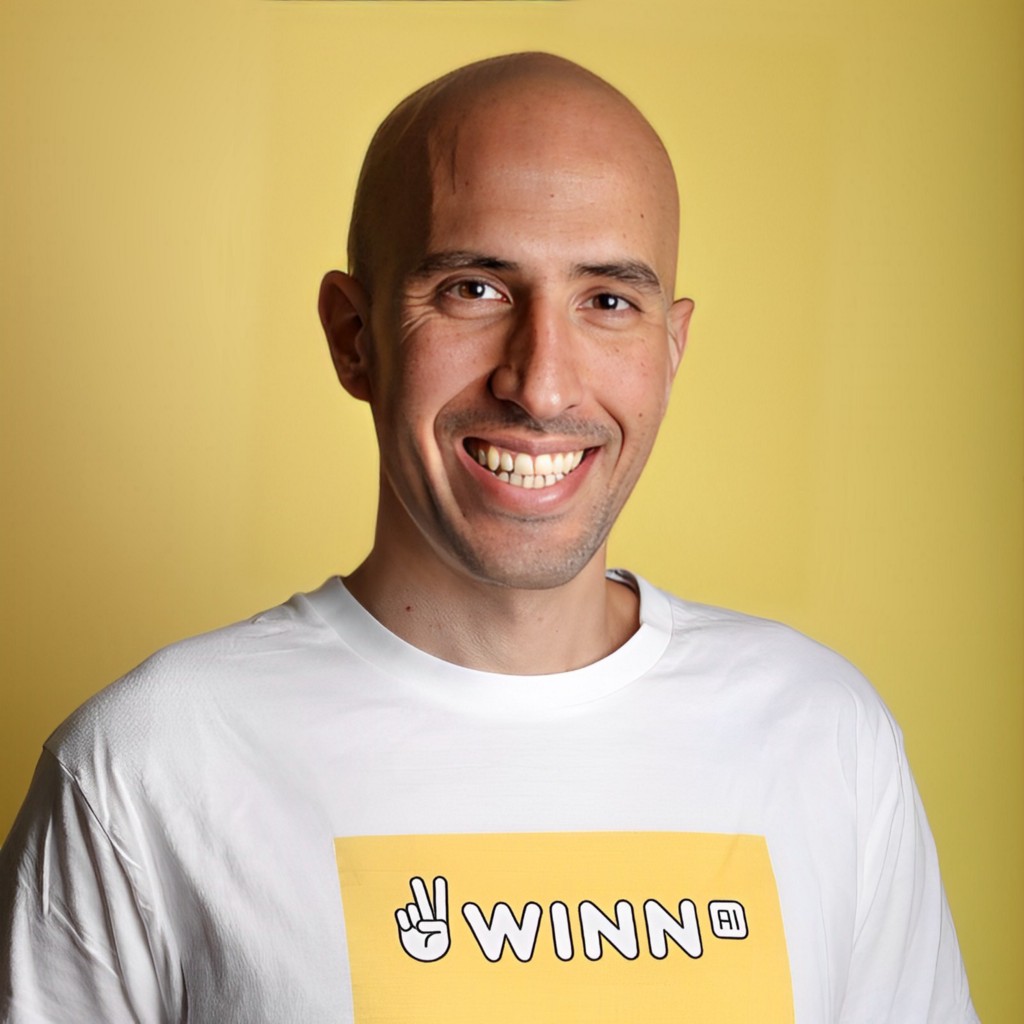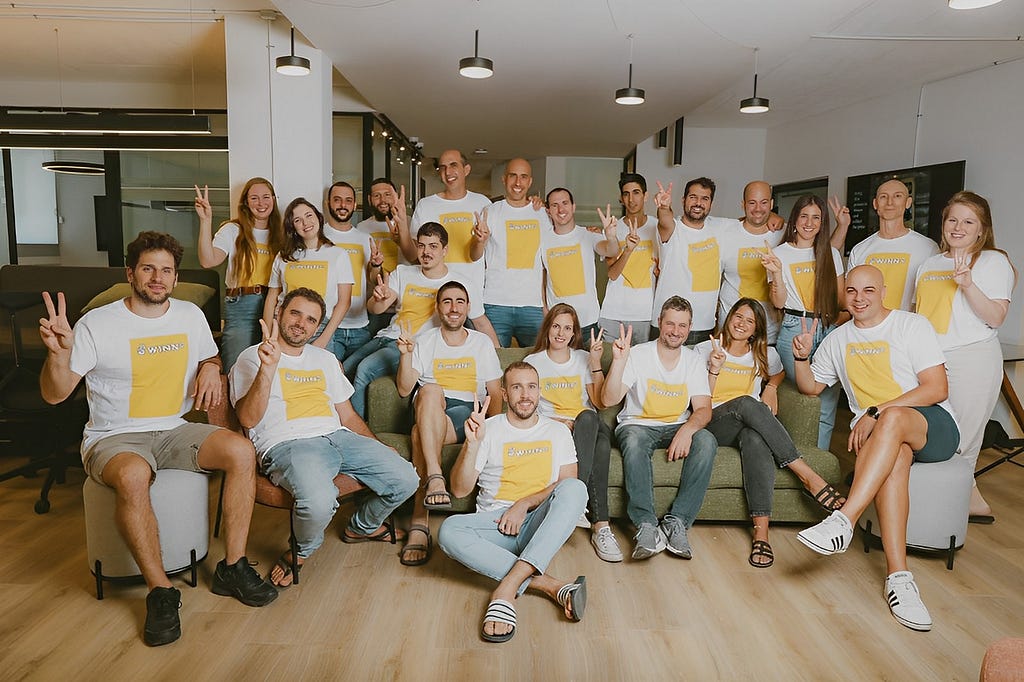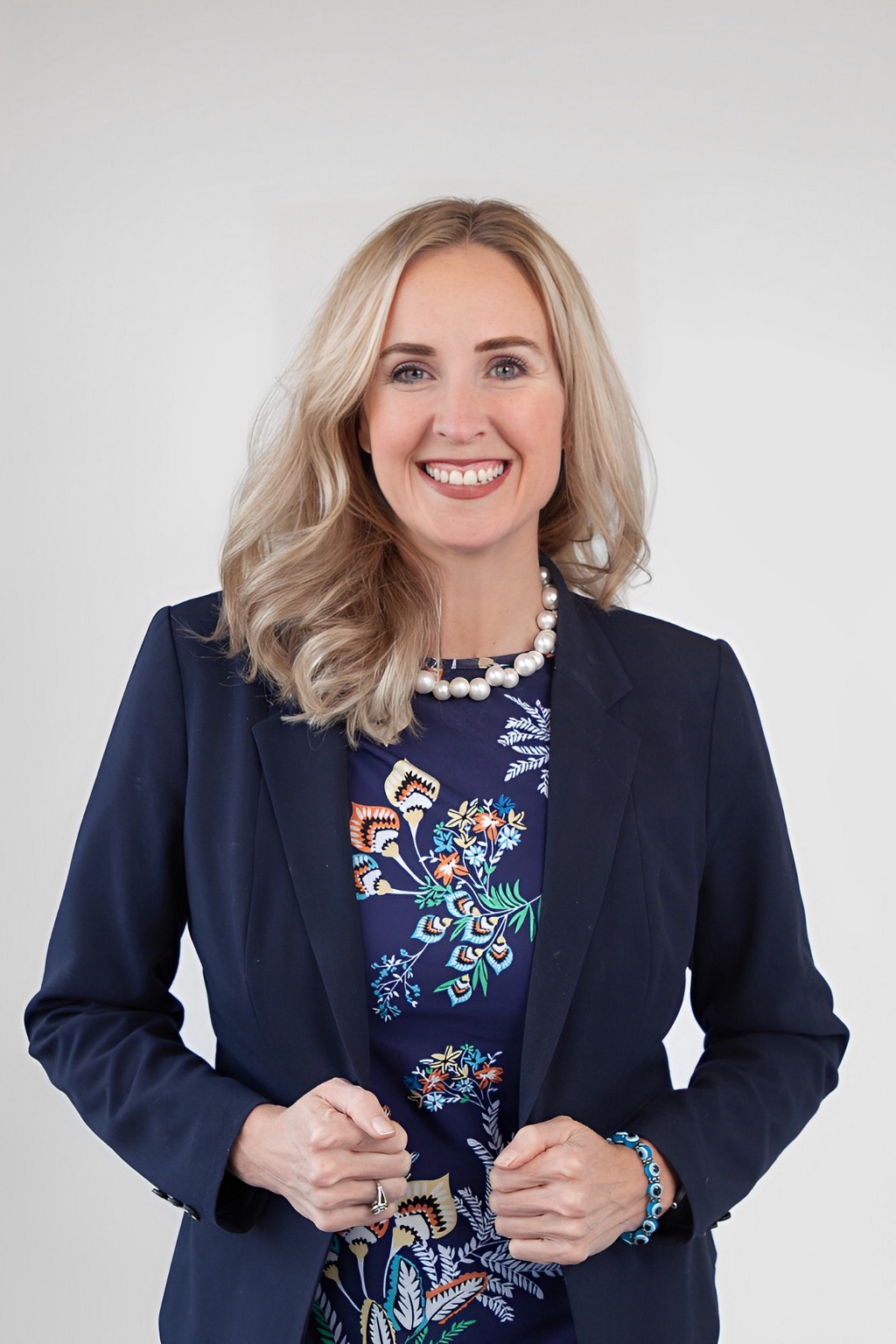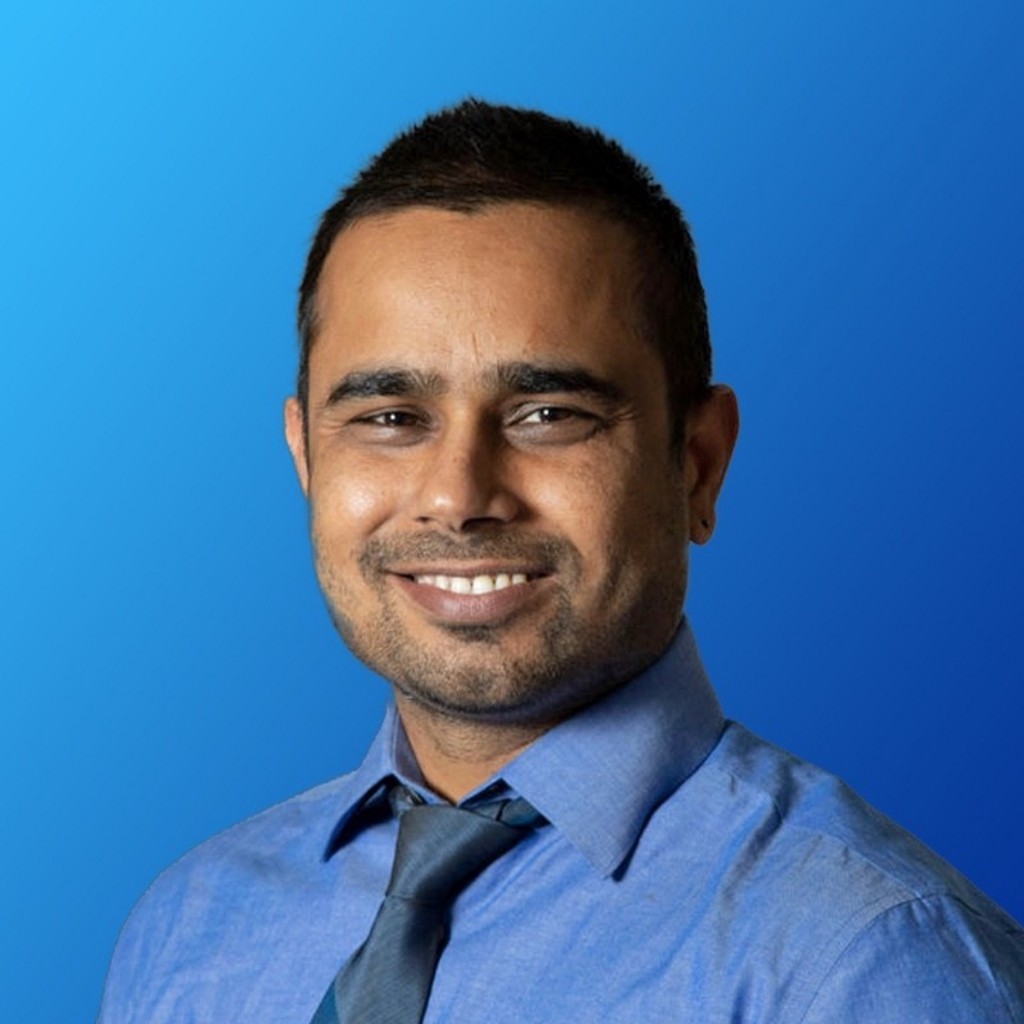An Interview With Fotis Georgiadis
Talk to users often. Ideally daily. Do a lot of user discovery and validation before building.
As part of our series about the “5 Things You Need To Know To Create a Successful App or SaaS”, I had the pleasure of interviewing CJ Looi.
CJ Looi founded PixCap after a stint at Dorabot, a fast-growing robotics company where he was the head of computer vision and deep learning. His background in robotics and experience in building systems for 3D vision fueled his interest in 3D-based applications, which led him to found PixCap.
Thank you so much for joining us! Our readers would love to “get to know you” a bit better. Can you tell us a bit about your ‘backstory’ and how you got started?
Before founding PixCap with Cyril Nie, I was in a robotics company working on deep learning and robotic vision. My job was to teach robots “how to see”. I was surrounded by highly ambitious and talented engineers, many of whom came from top robotics labs such as MIT, Carnegie Mellon and Stanford. Though I did well in my job and learned everything I could (I wouldn’t trade it for anything else), I did not feel that I was making a “real” contribution to the world. I suppose being surrounded by extremely bright people does that — you feel as though your contributions are never as impactful as those of your peers.
Then in late 2019, I was given an opportunity to join a well-known self-driving car company in Shenzhen, to help cars drive autonomously in challenging environments with deep learning and 3D vision. To an outsider, this perhaps sounded like an incredibly exciting job, and it most likely was. But my experience in robotics taught me that if I were to enter a highly competitive industry as self-driving, I would not be able to make as much of an impact as many of the talented engineers and researchers in the field.
I wanted to take my skills somewhere where I could contribute more to society and the wider ecosystem. Then I thought back to my childhood love for video games, and reflected back on the one question that had always eluded me since I was a kid — why is 3D content still so difficult, time-consuming and expensive to make? Perhaps I could do something about it, now that I have a much stronger grasp of programming and 3D.
From there, I had a lightbulb moment, and that’s when I started developing a 3D editor prototype for PixCap, which I used to eventually convince my best friend Cyril to quit his job in London and join me full-time at PixCap.
PixCap initially started as an AI motion capture solution, converting human motion from videos (e.g. dance videos) into 3D character animations. We built a 3D editor around the AI solution to help users edit and augment their animations, with the goal of simplifying the 3D content creation process in video games. Since then, we have shifted our focus towards the design market, focusing exclusively on an easy-to-use 3D editor with thousands of templates to democratize the 3D content creation process for designers, marketers and beyond.
Can you tell us a story about the hard times that you faced when you first started your journey? Did you ever consider giving up? Where did you get the drive to continue even though things were so hard?
We faced a lot of rejection and skepticism when we first started. Rejection from investors, corporate partners and potential hires were not uncommon. But the toughest rejections to handle were those from users whom we thought could have become great customers. I remember on several occasions meeting users that showed a lot of initial excitement, only for them to end up becoming disappointed and ‘ghosting’ us. One of them even told me never to call again.
We never really thought about giving up though. Being passionate about solving a hard problem certainly helps. But also the feeling of knowing we can take risks to build an amazing product from scratch is something that we are extremely grateful for, and something that we would not trade for anything else.
So, how are things going today? How did your grit and resilience lead to your eventual success?
Things are starting to ramp up — we’ve set up a strong foundation in our team and have major plans for 2023. I wouldn’t describe what we have as “success” yet, but our roadmap has never been clearer and we’re more excited than ever to launch PixCap in Jan 2023.
Grit played a huge role in getting us to this point. There were a number of moments where people doubted us, with a few saying that we’ll never make it. Internally, this made us question the usefulness of our product and cast doubt on whether we could achieve our mission of democratizing 3D content. But it seems that “what doesn’t kill you makes you stronger” has an element of truth. Having witnessed how far we’ve come, how much the team has grown and seeing what users have been able to create with our product has kept us going and instilled in us the resilience to face bigger challenges going forward.
It has been said that our mistakes are our greatest teachers. Can you share a story about the funniest mistake you made when you were first starting? Can you tell us what lessons or ‘take aways’ you learned from that?
The funniest mistake I made when I first started was showing a “broken” demo to an extremely well-established game company. What made it funny was that I didn’t think the demo was broken at the time; I naively assumed that the demo was good to go without any feedback or validation from target users. I sent follow up emails about the demo and kept wondering why they wouldn’t reply back. It was only after I showed the product to a different user that I was told how bad the demo actually was. Surely enough, that was the first and last time I made contact with that game company.
The takeaway? Always get users to proof check your demos, and don’t spend time targeting big companies at the early stage, as big companies often have long adoption cycles and have plenty of alternatives, especially when your product is far from ready!
What do you think makes your company stand out? Can you share a story?
We’re a fully remote team with employees across many countries (UK, France, Mexico, India, Vietnam, Malaysia, Nigeria, Argentina, Russia, Canada, Turkey, and lots more), ethnicities, time zones and cultures. Having a clear understanding in the organization about the company’s mission and values really makes a huge difference in impacting our culture and focus on where we should be heading. It still amazes me how we all came together and are united in our common mission of making 3D a lot more accessible to everyone.
Which tips would you recommend to your colleagues in your industry to help them to thrive and not “burn out”?
For fellow founders, be passionate about what you’re solving!
Startups are a marathon. I would advise them to think about this — Is your idea something that you truly believe in, and want to work on for the next 10 years?
None of us are able to achieve success without some help along the way. Is there a particular person who you are grateful towards who helped get you to where you are? Can you share a story?
I’m grateful to my dad.
Growing up, my dad was very strict with me. He was a typical tiger dad. I did not always have the best grades and would be terrified just talking to him about school, or anything, for that matter. It was only until I left for college that I realized this was his way of setting me up for success, and that he has always been there to support me financially and mentally. He never told me what to study for university, which profession I should strive for, or had high expectations of who I should become. He encouraged me to forge my own path and has always been supportive of my decisions.
Ok, thank you for all that. Now let’s shift to the main focus of this interview. Approximately how many users or subscribers does your app or software currently have? Can you share with our readers three of the main steps you’ve taken to build such a large community?
We currently have close to 30,000 users from all over the world, including US, India, UK and Indonesia.
It took a lot of trial-and-error before we got to building a larger community. The three main steps are to know your ideal customer profile well, figure out their pain points and what the key messaging and unique selling proposition should be, then target the channels that they hang out in. This sounds straightforward but many early stage founders don’t always get the first step about customer profiling right. We certainly did not get this right in the beginning; it took us a couple of iterations and wake up calls before we started to figure things out.
What is your monetization model? How do you monetize your community of users? Have you considered other monetization options? Why did you not use those?
We offer a freemium subscription plan similar to Canva. Users can use the editor for free and access free templates, but have to pay a premium subscription for access to many more templates.
We used to monetize on AI credits back when we had an AI motion capture system, but have since shifted to a simpler freemium subscription model.

Thank you. Here is the main question of our discussion. Based on your experience and success, what are the five most important things one should know in order to create a very successful app or a SaaS? If you can, please share a story or an example for each.
- Talk to users often. Ideally daily. Do a lot of user discovery and validation before building.
- Build a community or close group of power users to get feedback and quickly iterate.
- Launch and ship as quickly as possible. Launching does not have to mean a fully built product — it could be a simple design to validate hypotheses and assumptions.
- Don’t scale before product market fit.
- You should strive for your solution to be 10 times better. Solve a problem or pain point that users don’t have great solutions or alternatives to.
You are a person of great influence. If you could start a movement that would bring the most amount of good to the most amount of people, what would that be? You never know what your idea can trigger. 🙂
I’m not a person of great influence (yet)!
To encourage people to build more and consume less. We live in an era of social media where content is highly entertaining and extremely easy to consume; the average daily social media usage for internet users is more than 2 hours! Imagine a world where people used social media less often and instead spent that time learning and building amazing things for themselves, their community or the world. 2 hours a day may not seem much, but over time it makes a tremendous difference. Albert Einstein once said “Compound interest/growth is the eighth wonder of the world. He who understands it, earns it; he who doesn’t, pays it”.
How can our readers further follow your work online?
Check us out on pixcap.com and subscribe to our newsletter!
Thank you for these fantastic insights. We greatly appreciate the time you spent on this.
Thank you as well. I appreciate you reaching out for an interview.
Making Something From Nothing: CJ Looi Of PixCap On How To Go From Idea To Launch was originally published in Authority Magazine on Medium, where people are continuing the conversation by highlighting and responding to this story.

